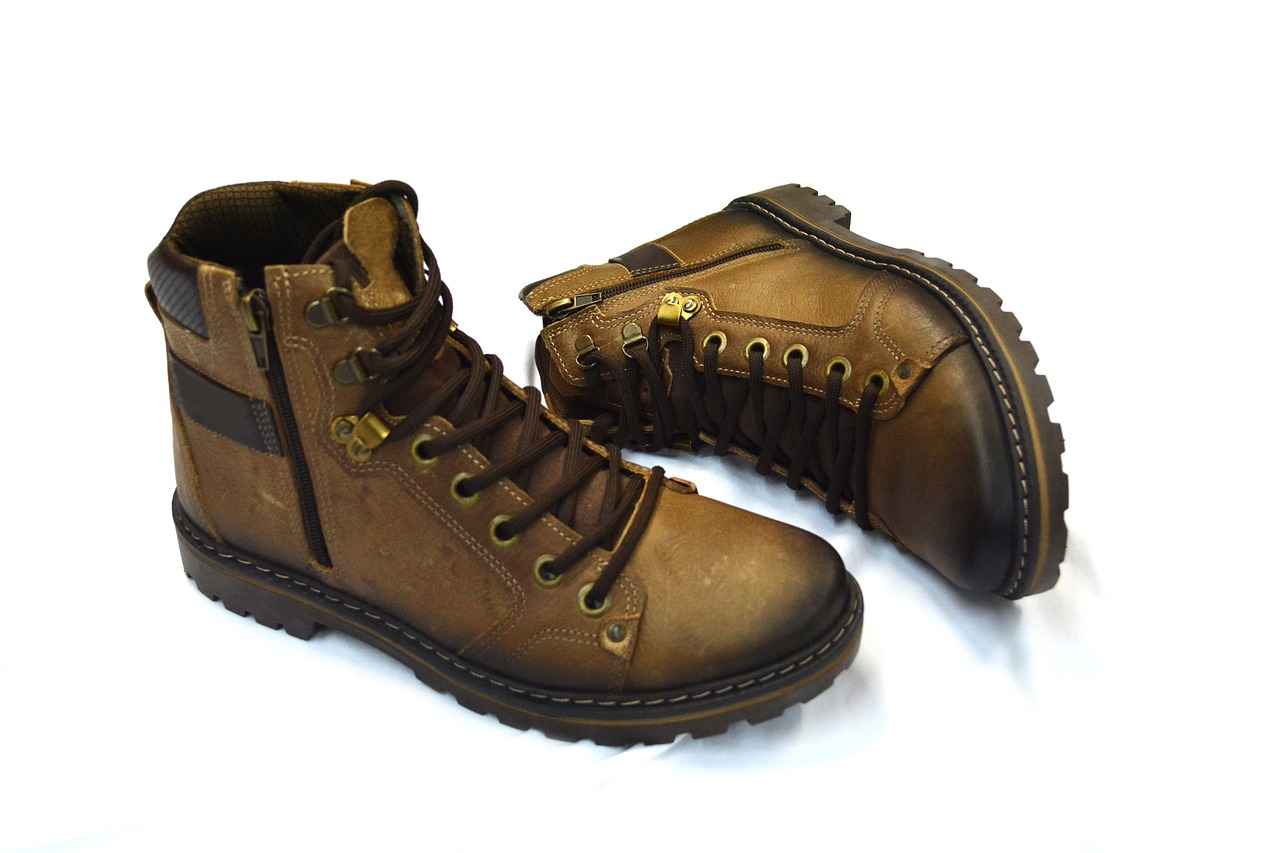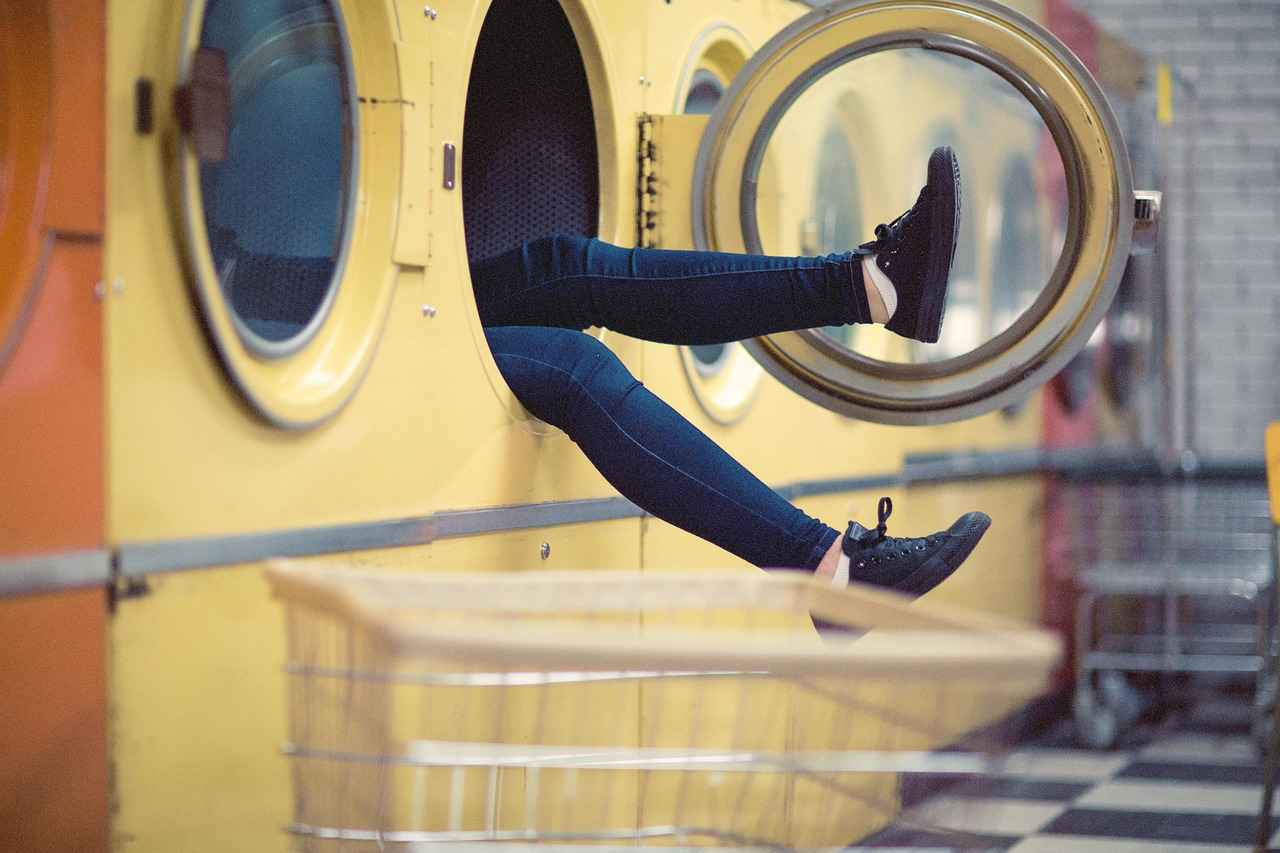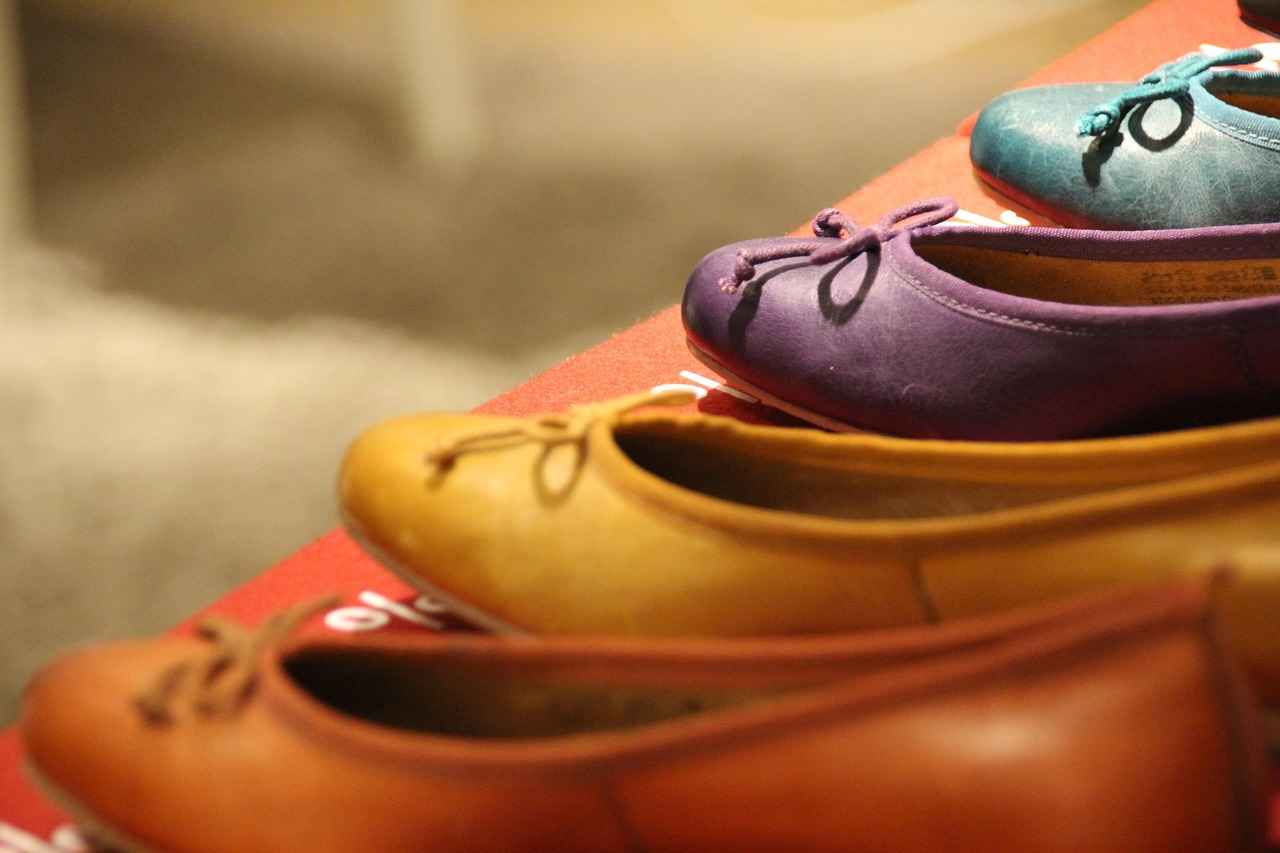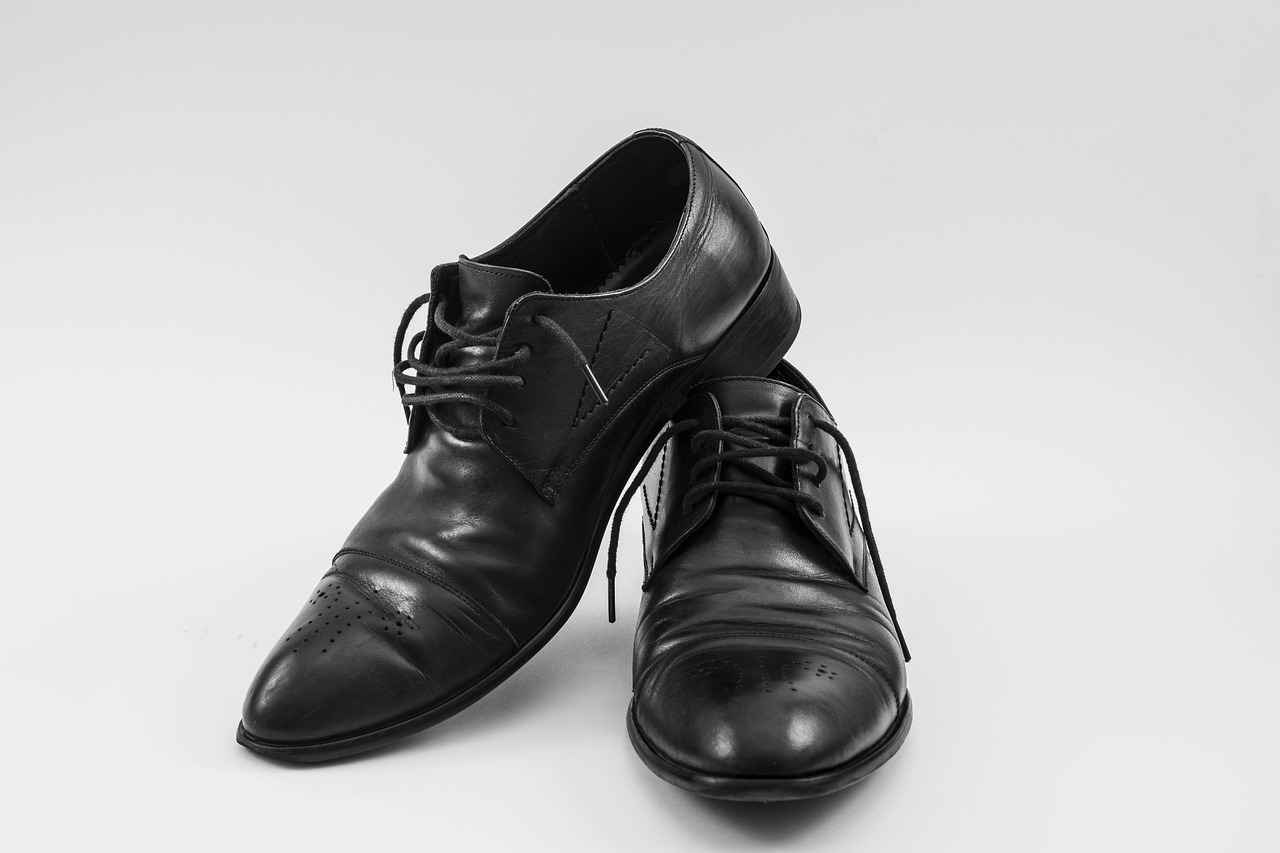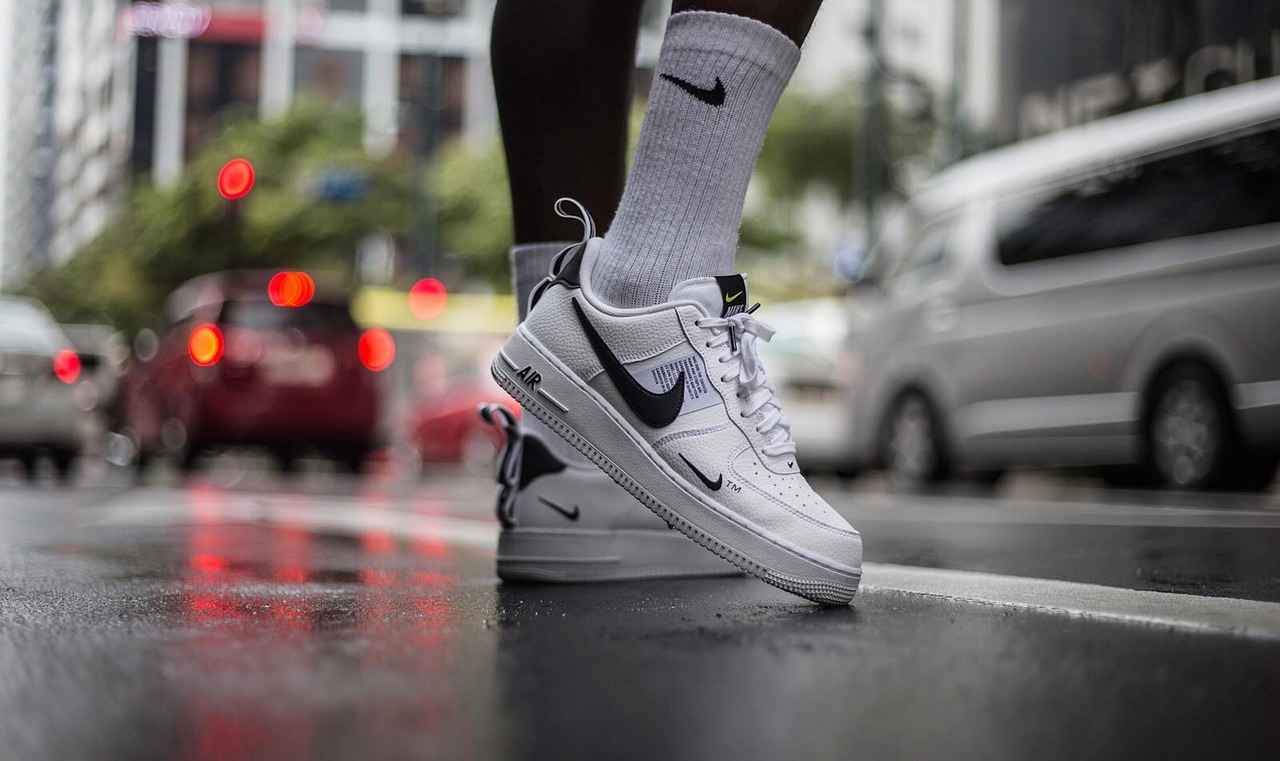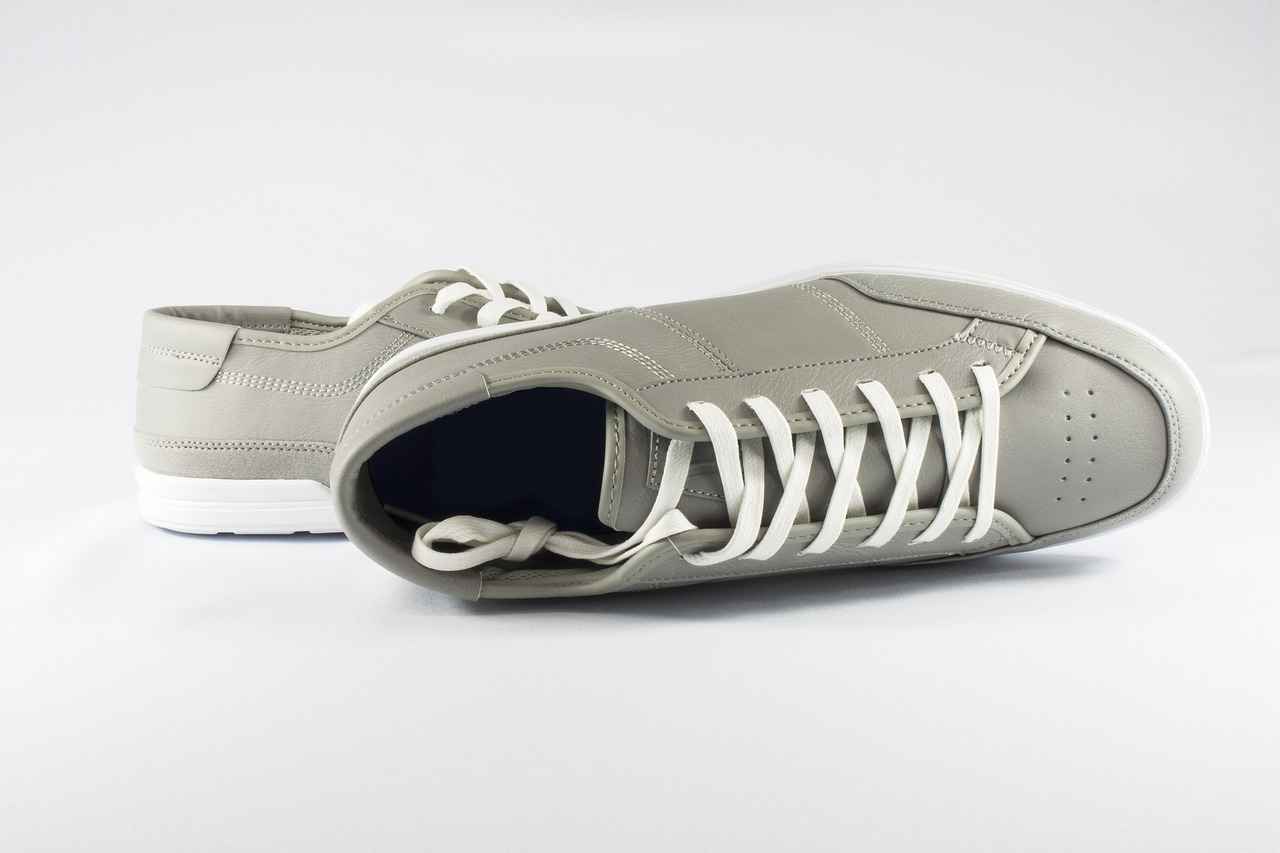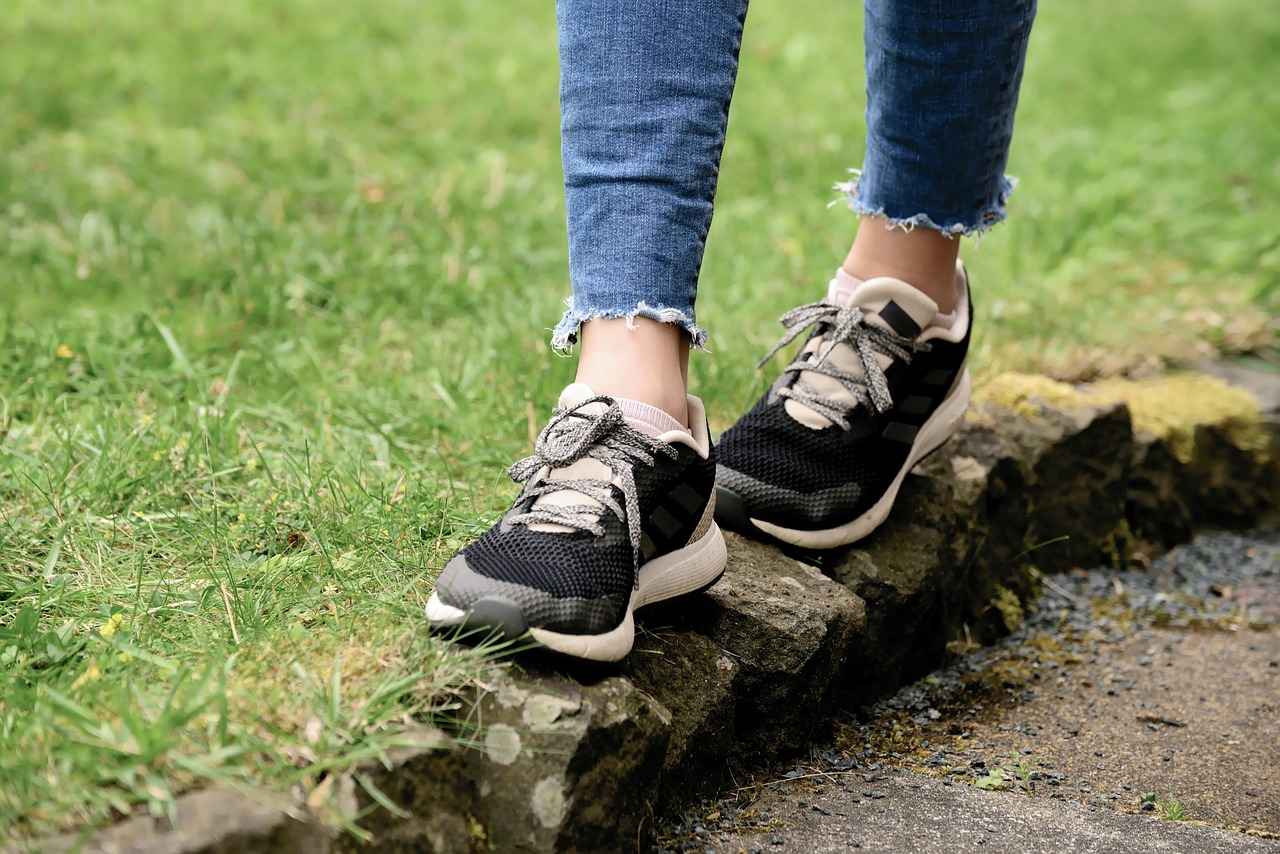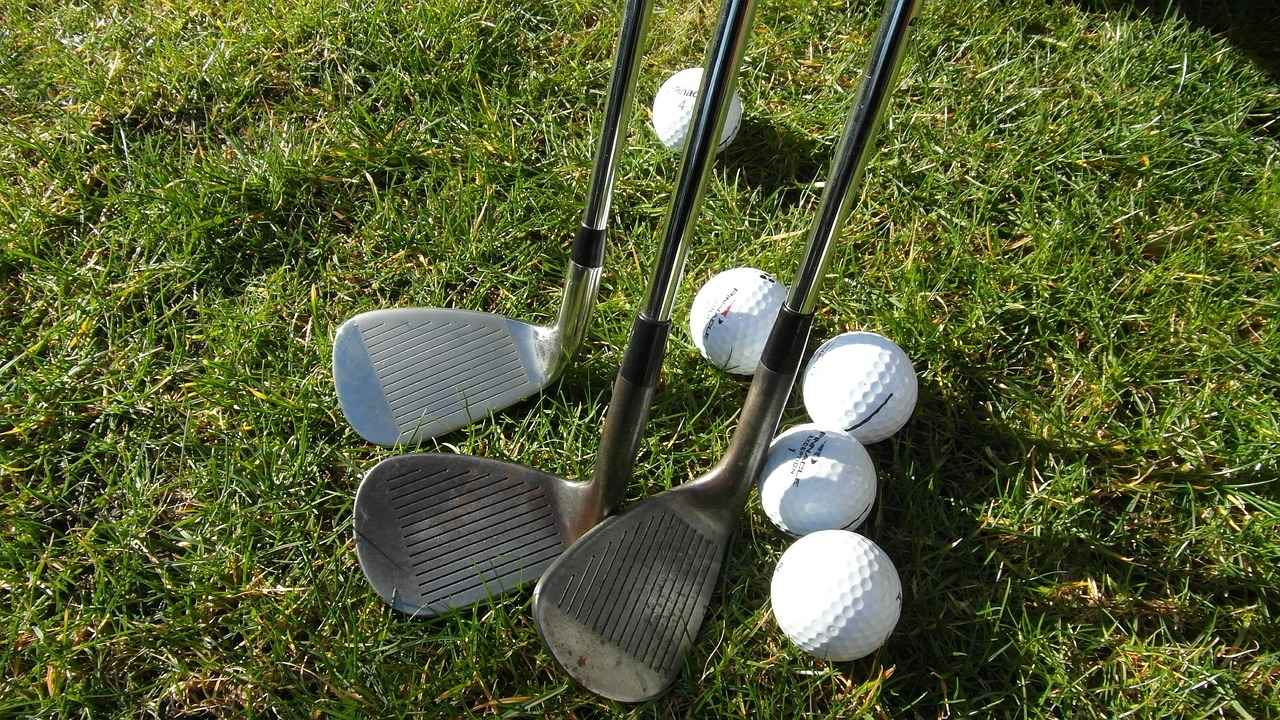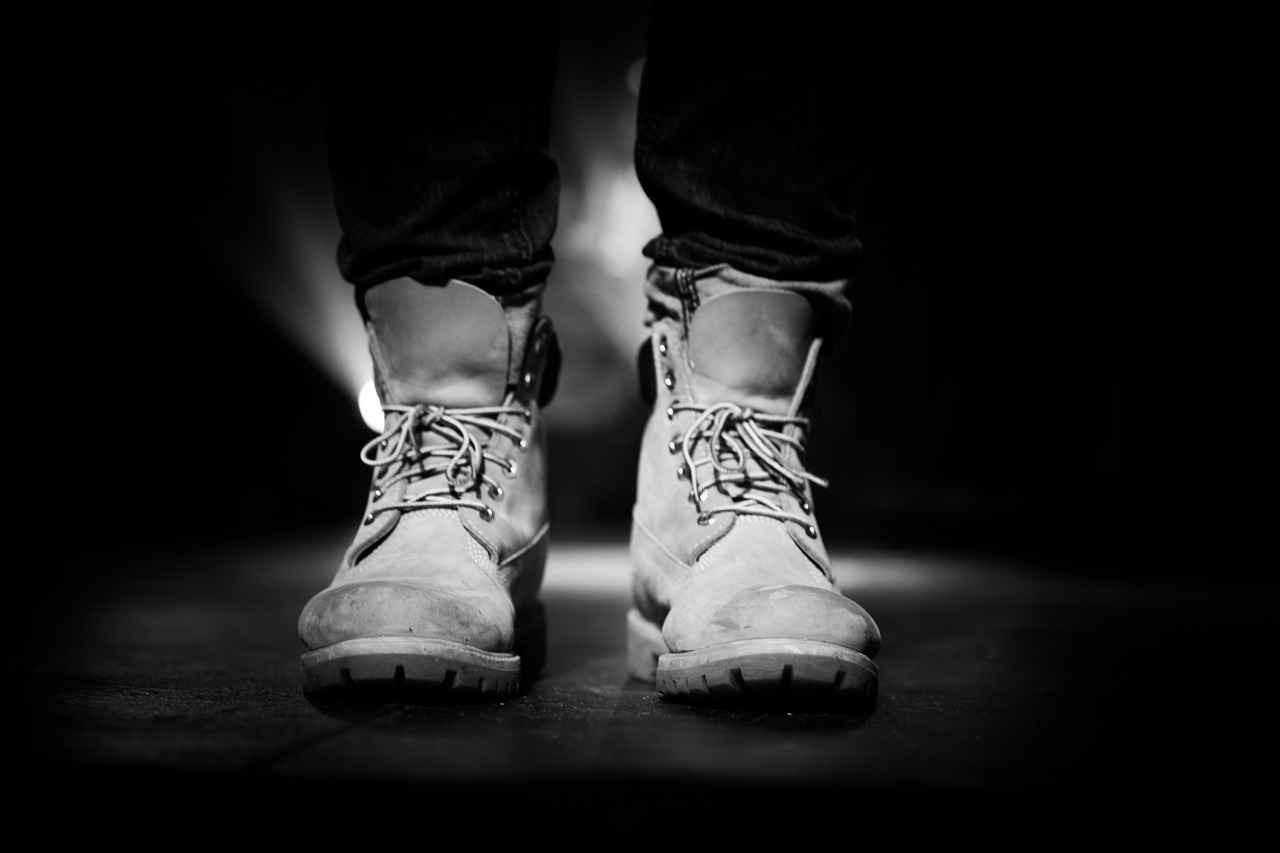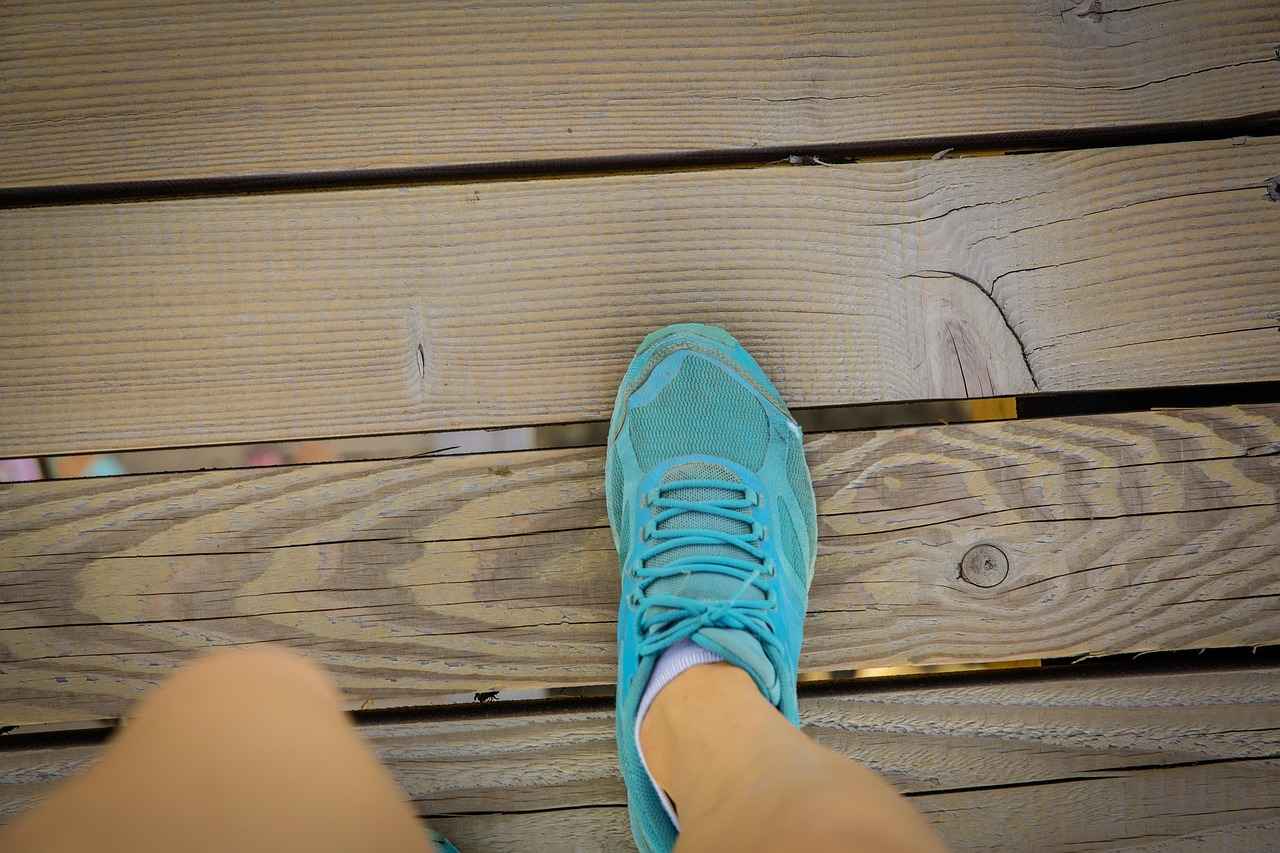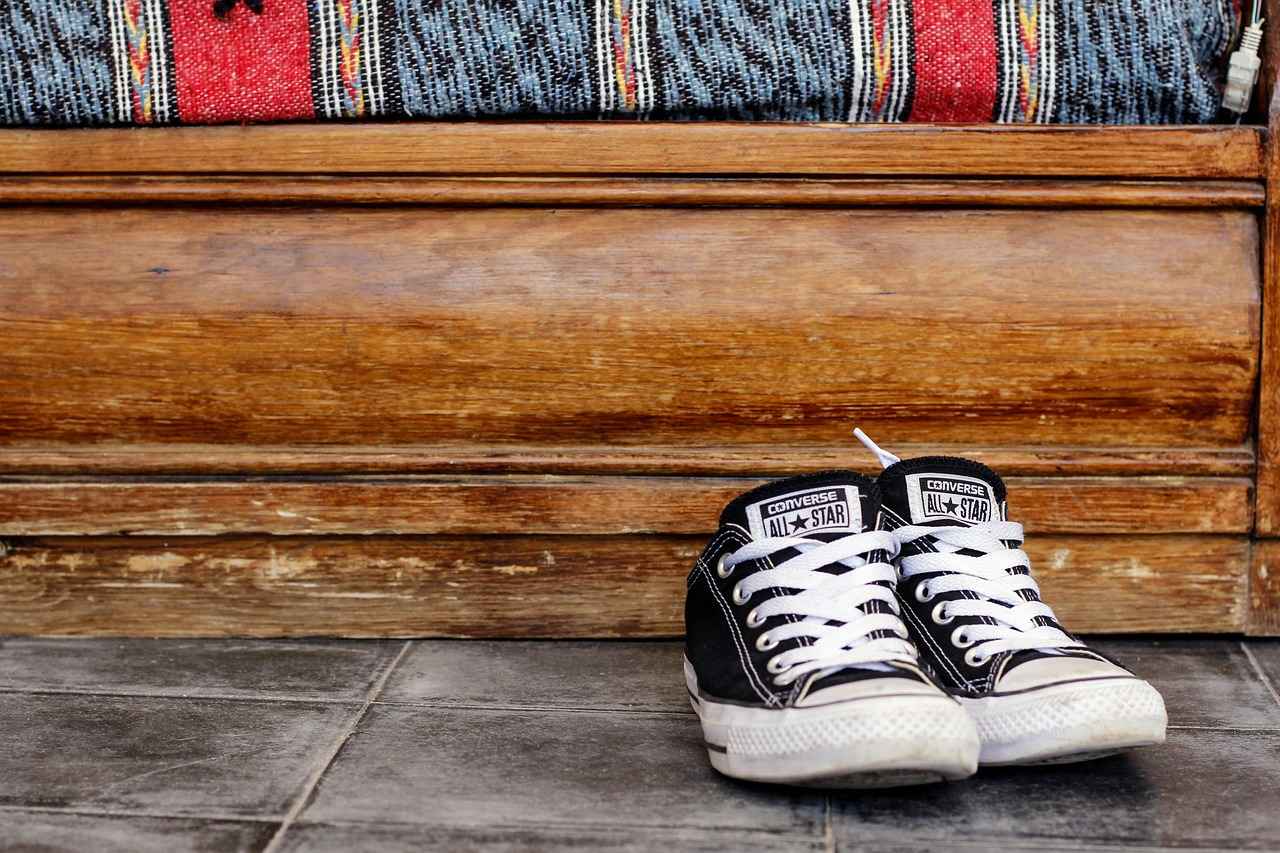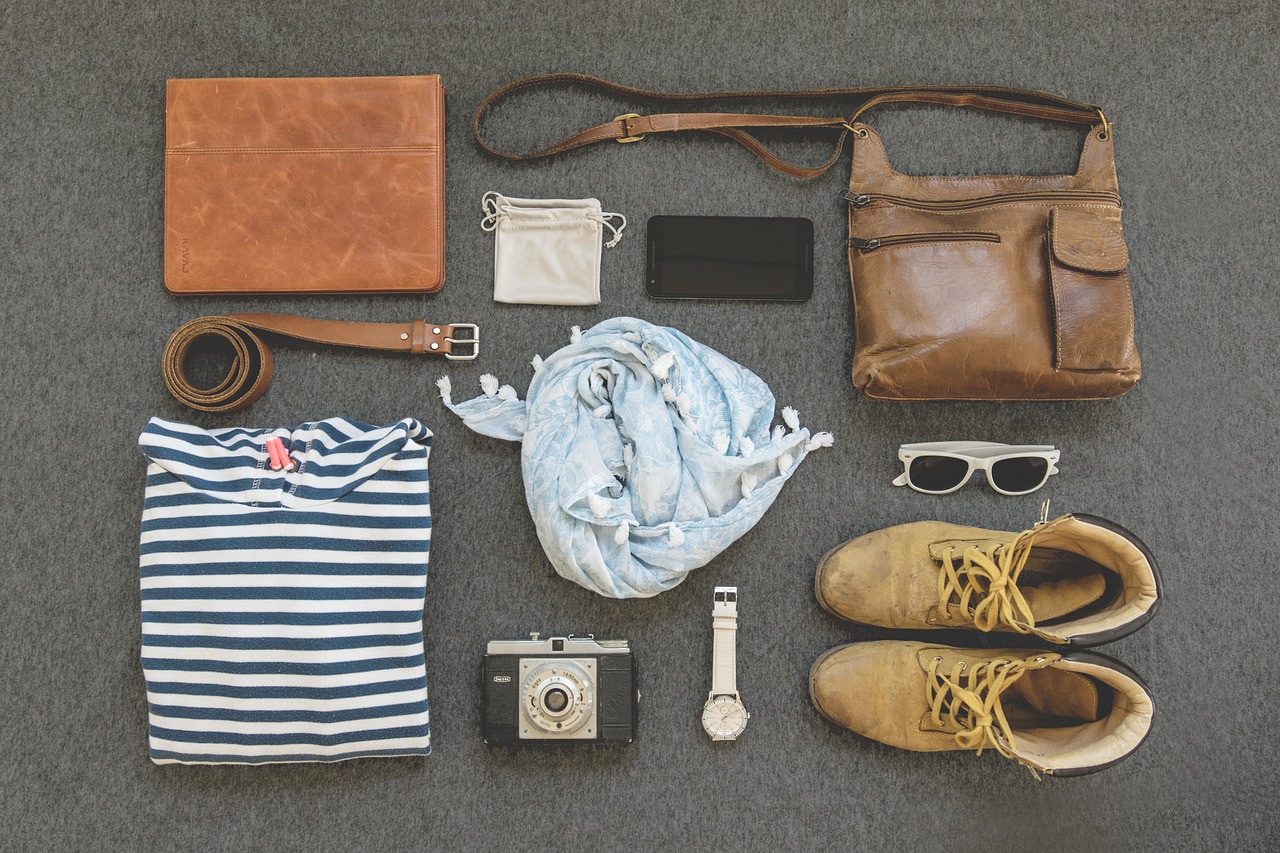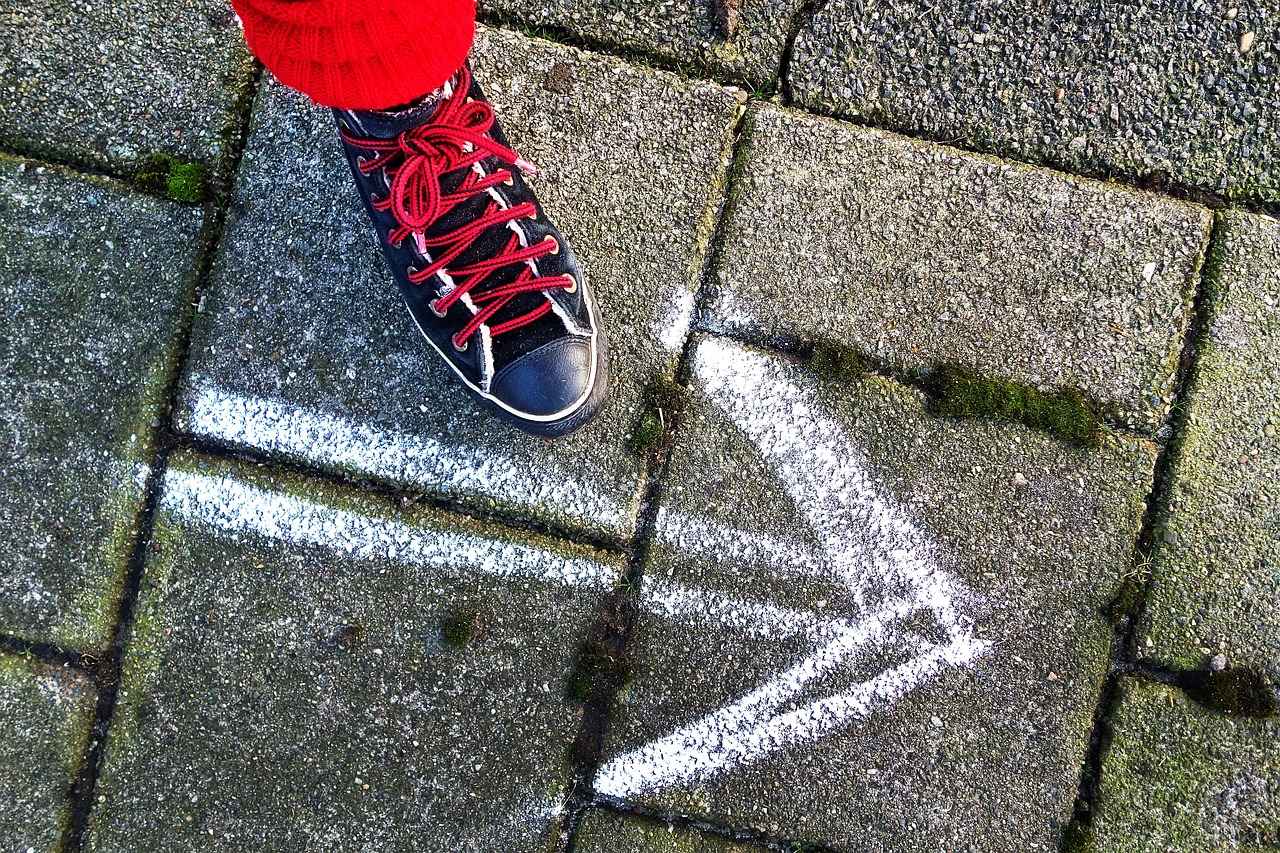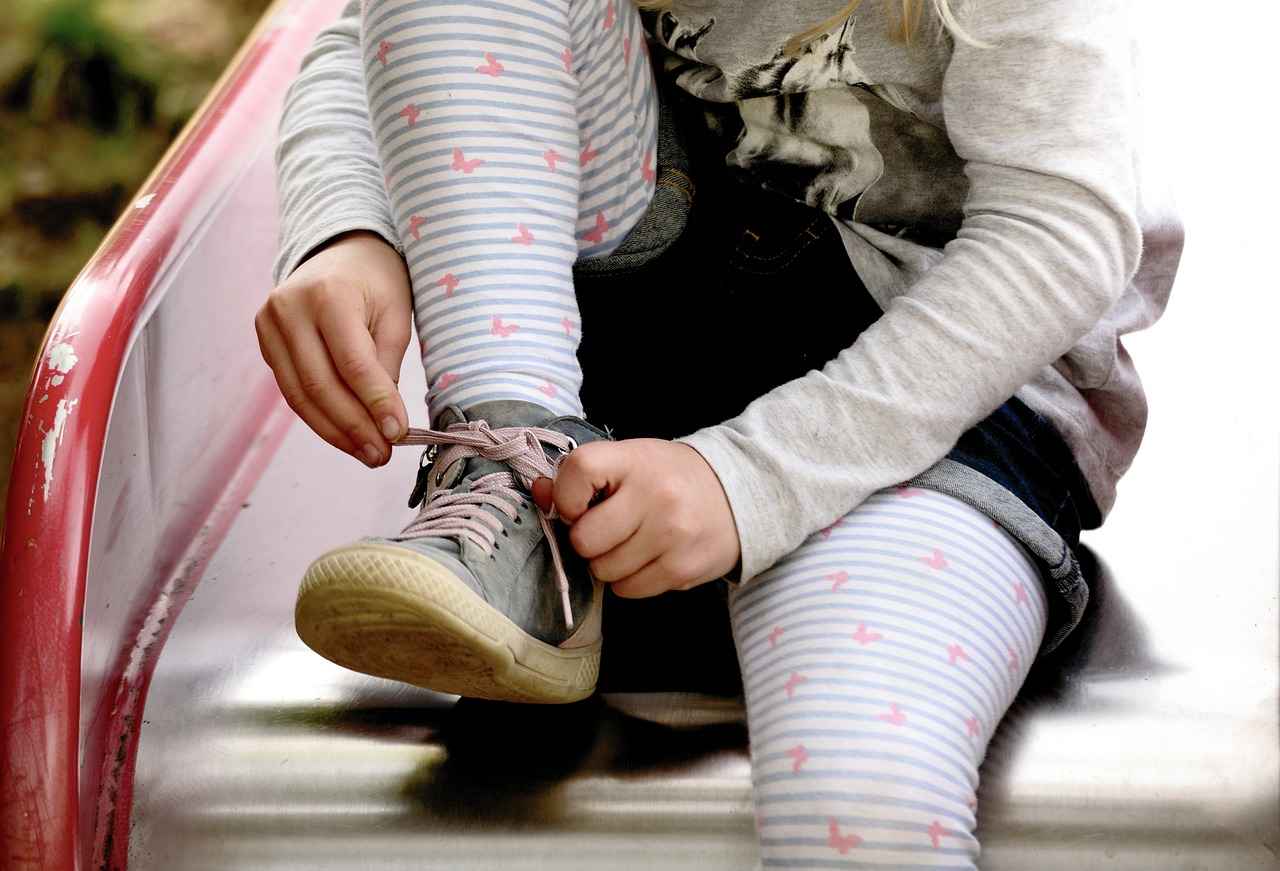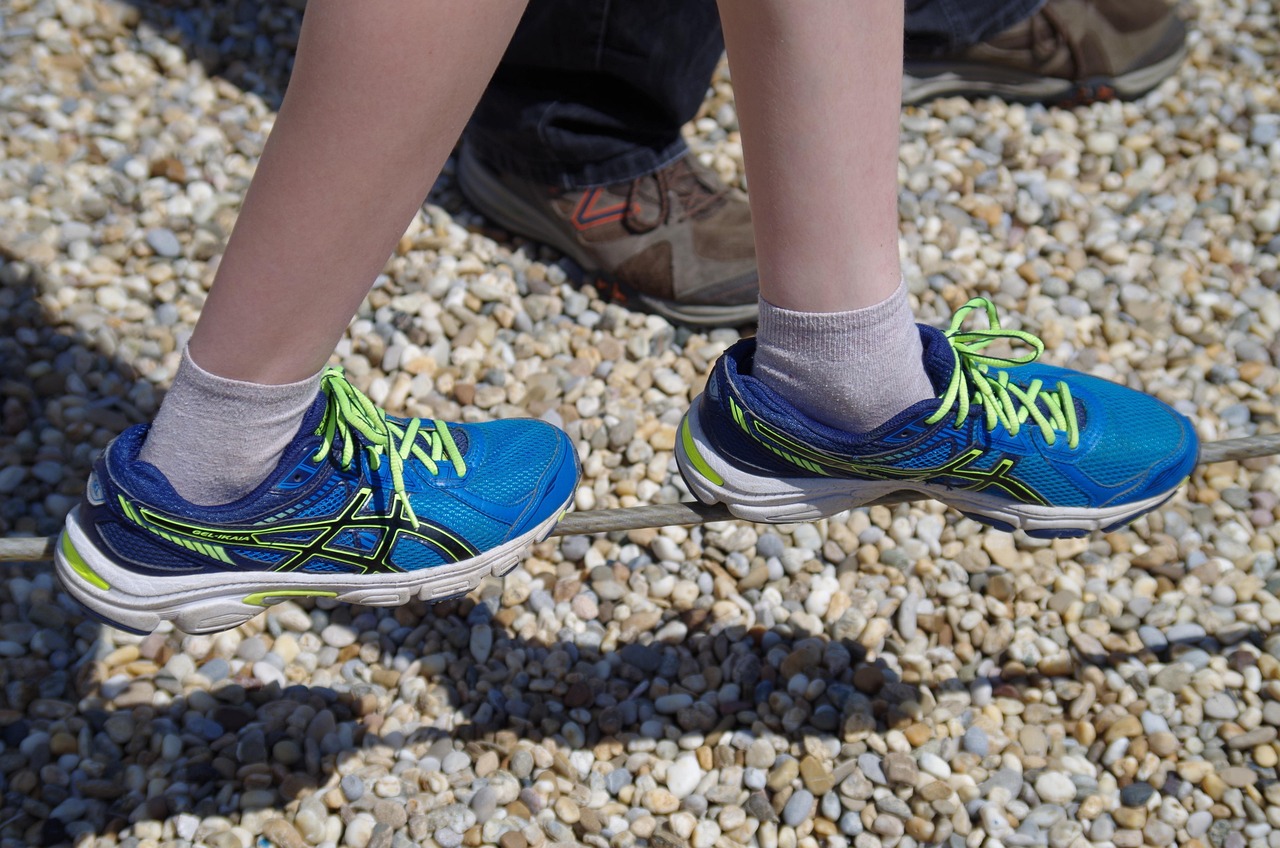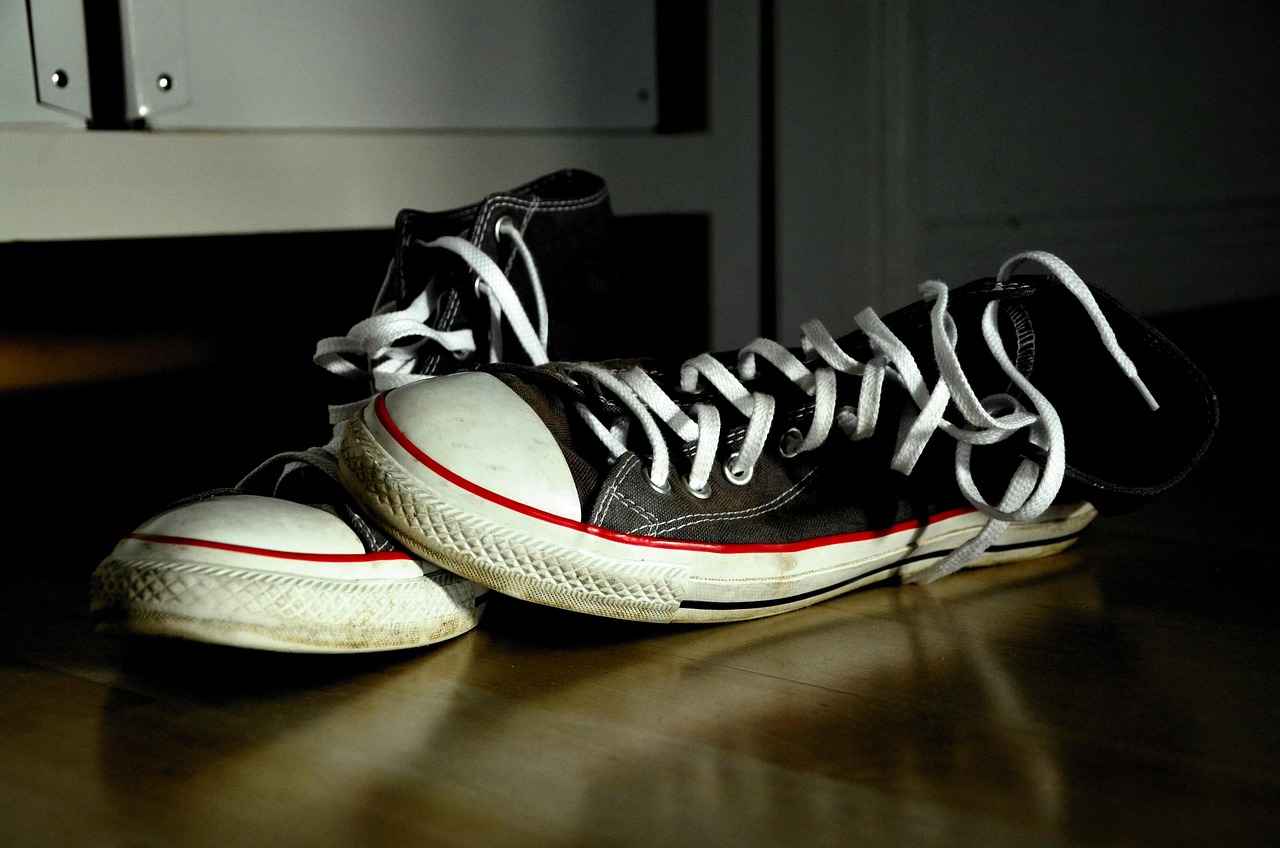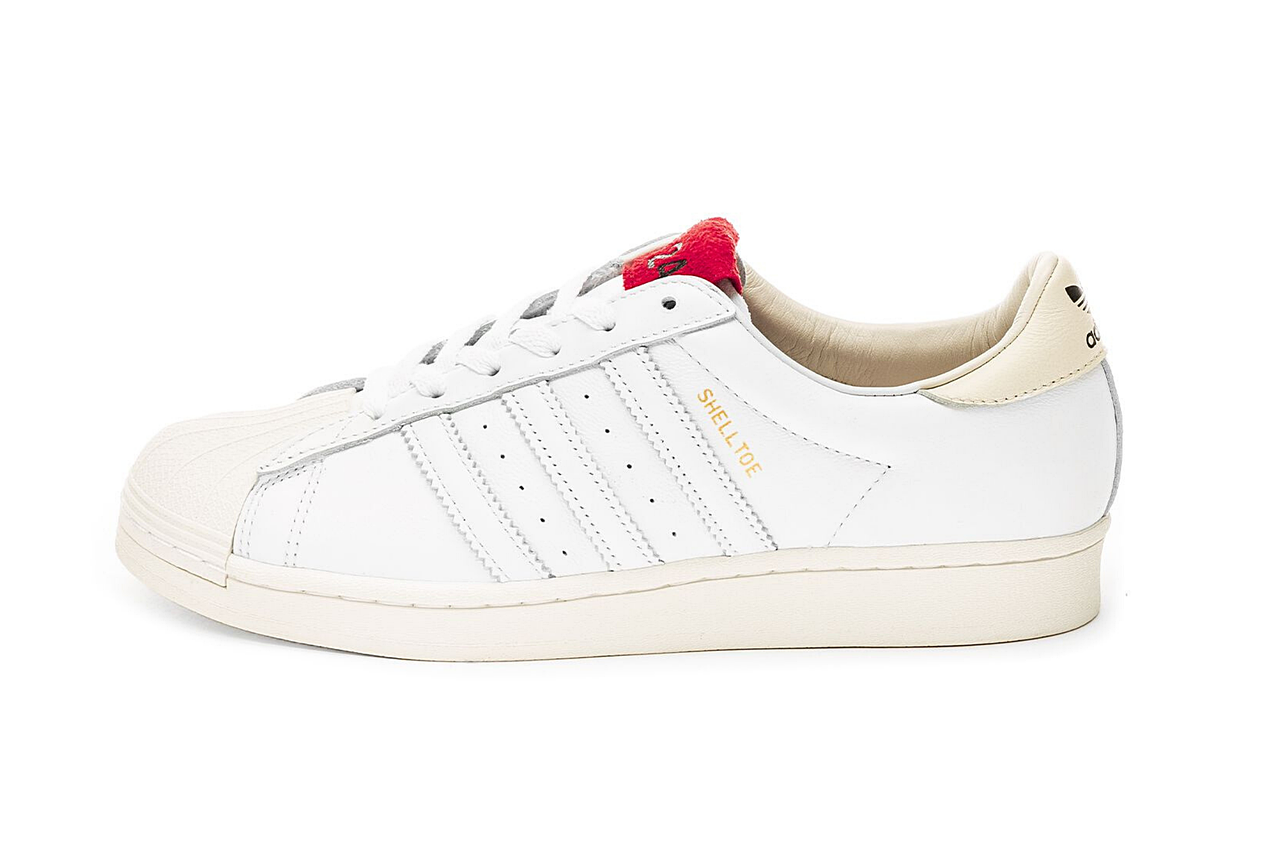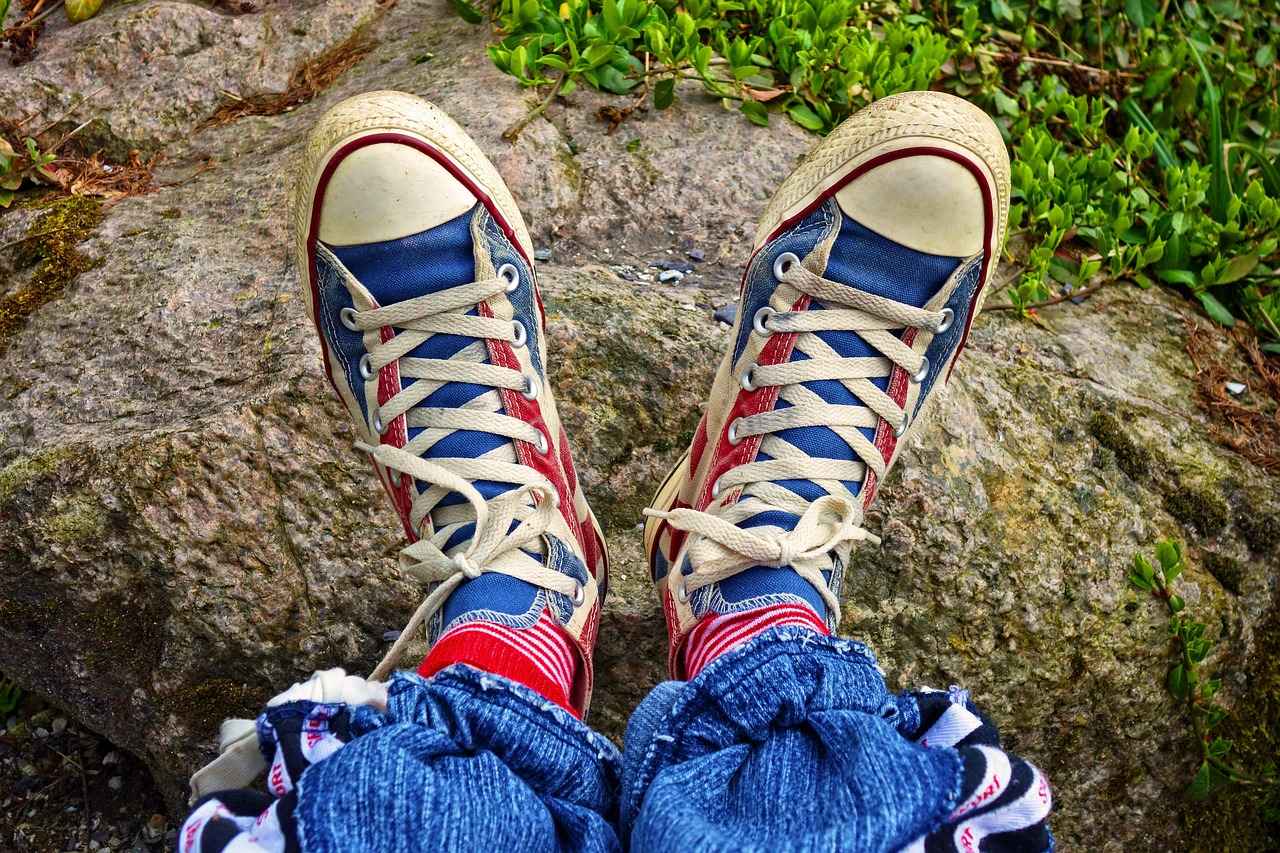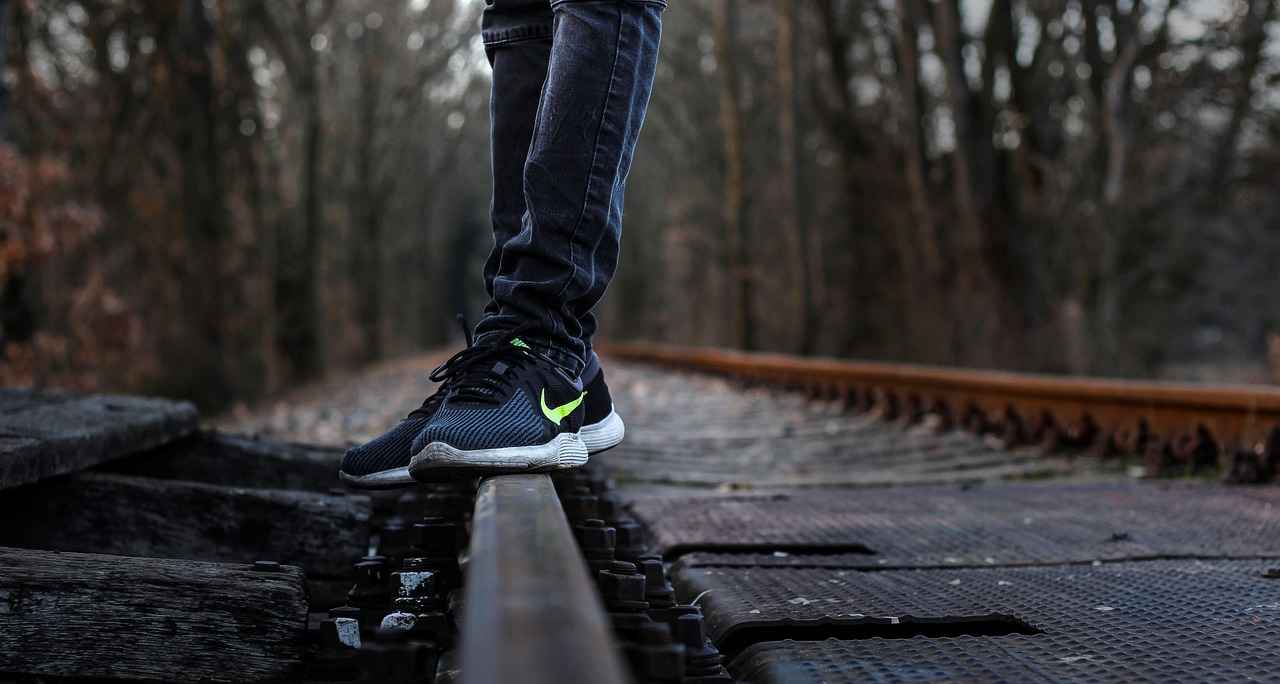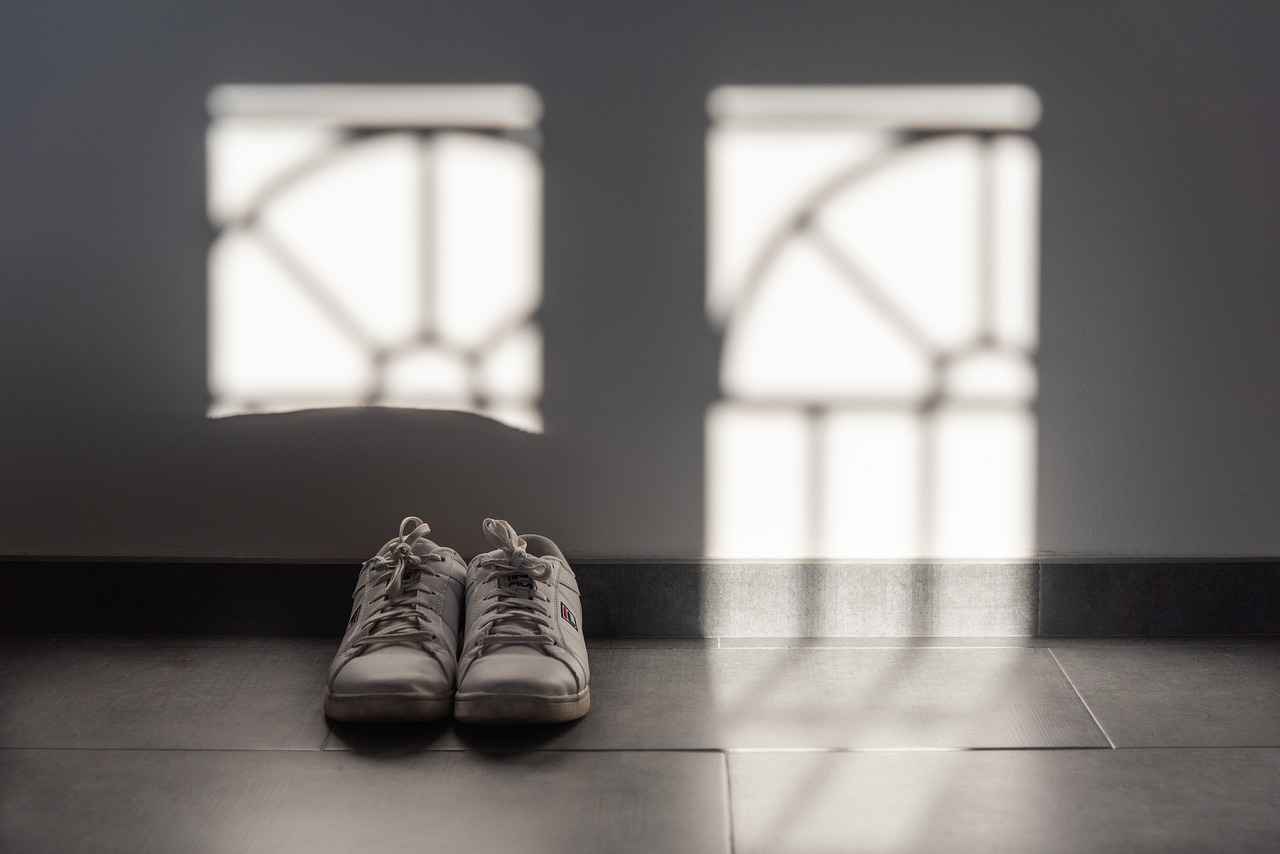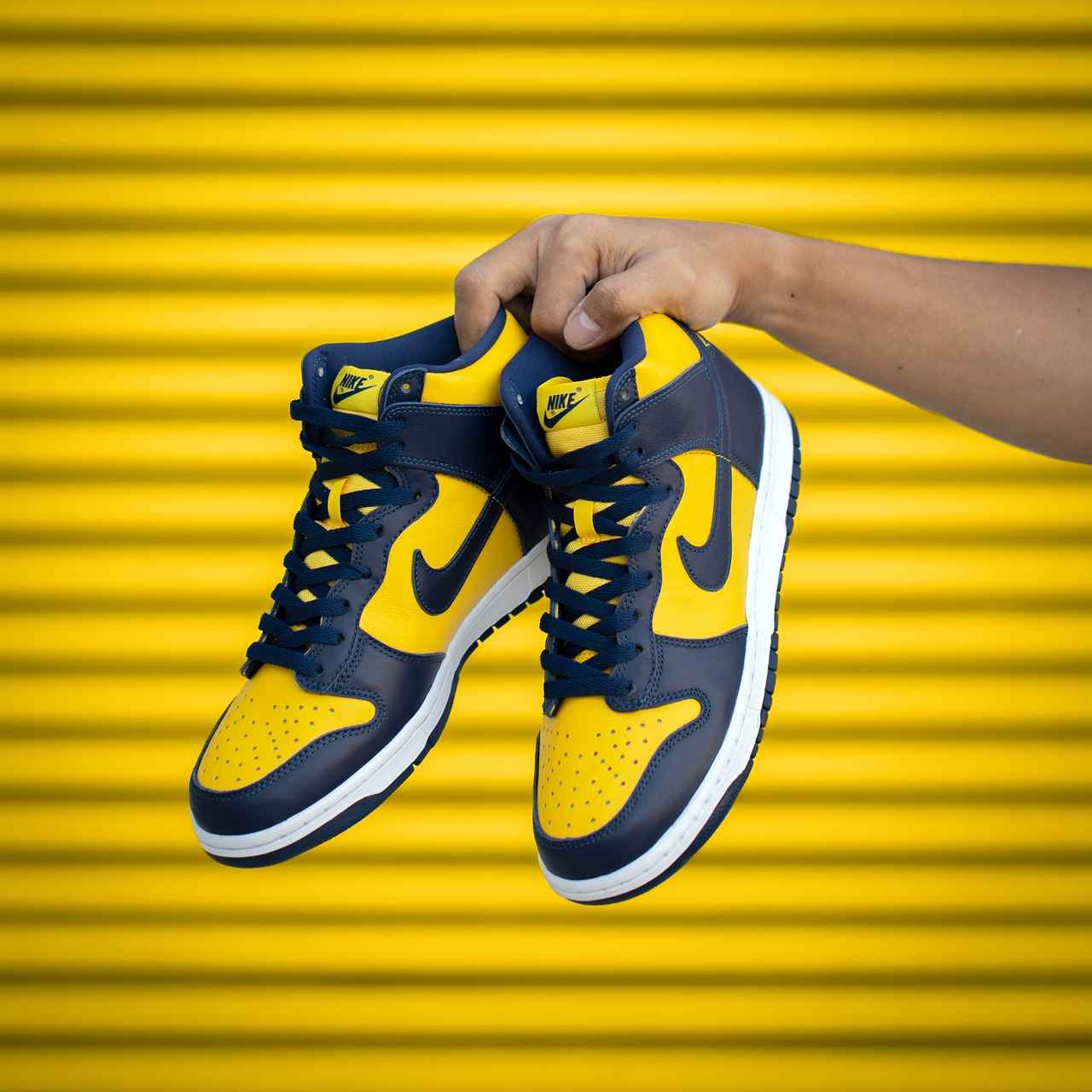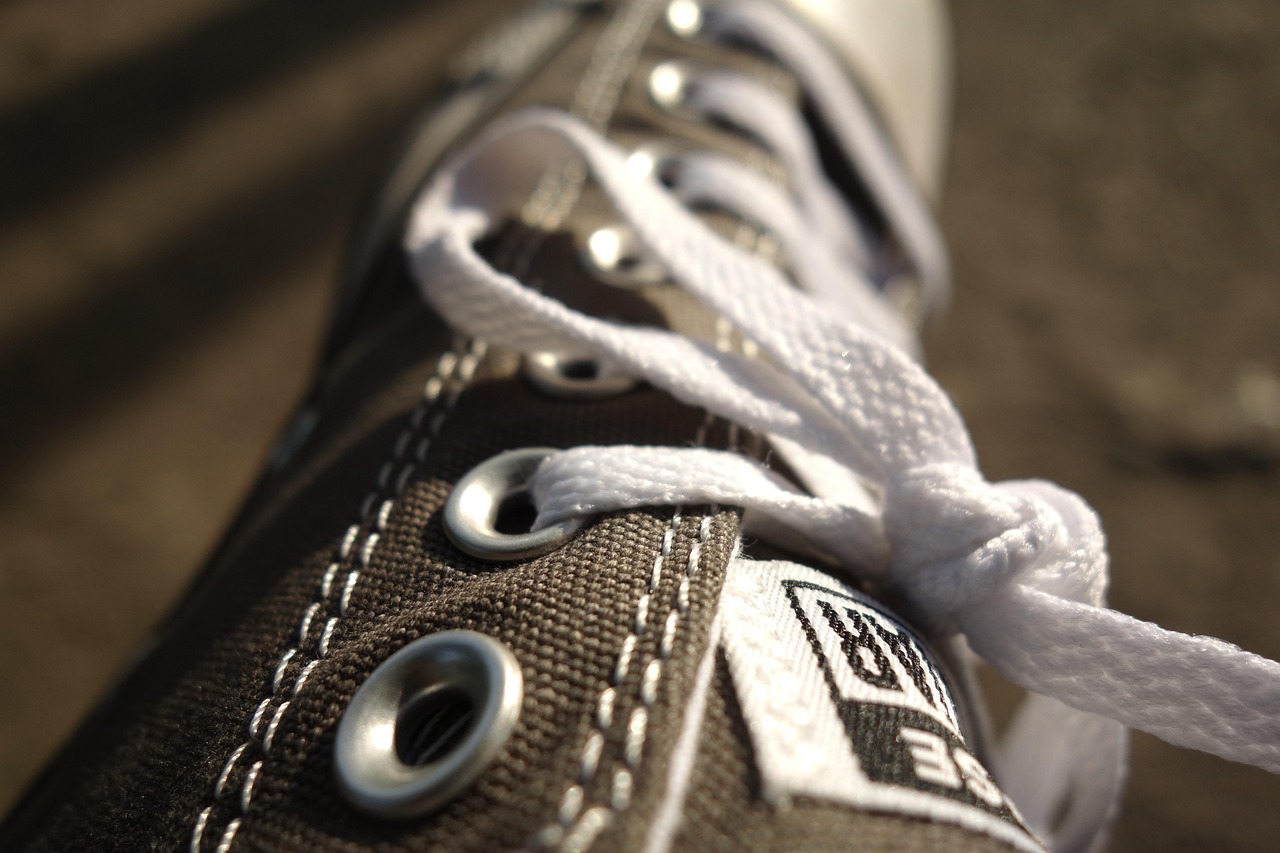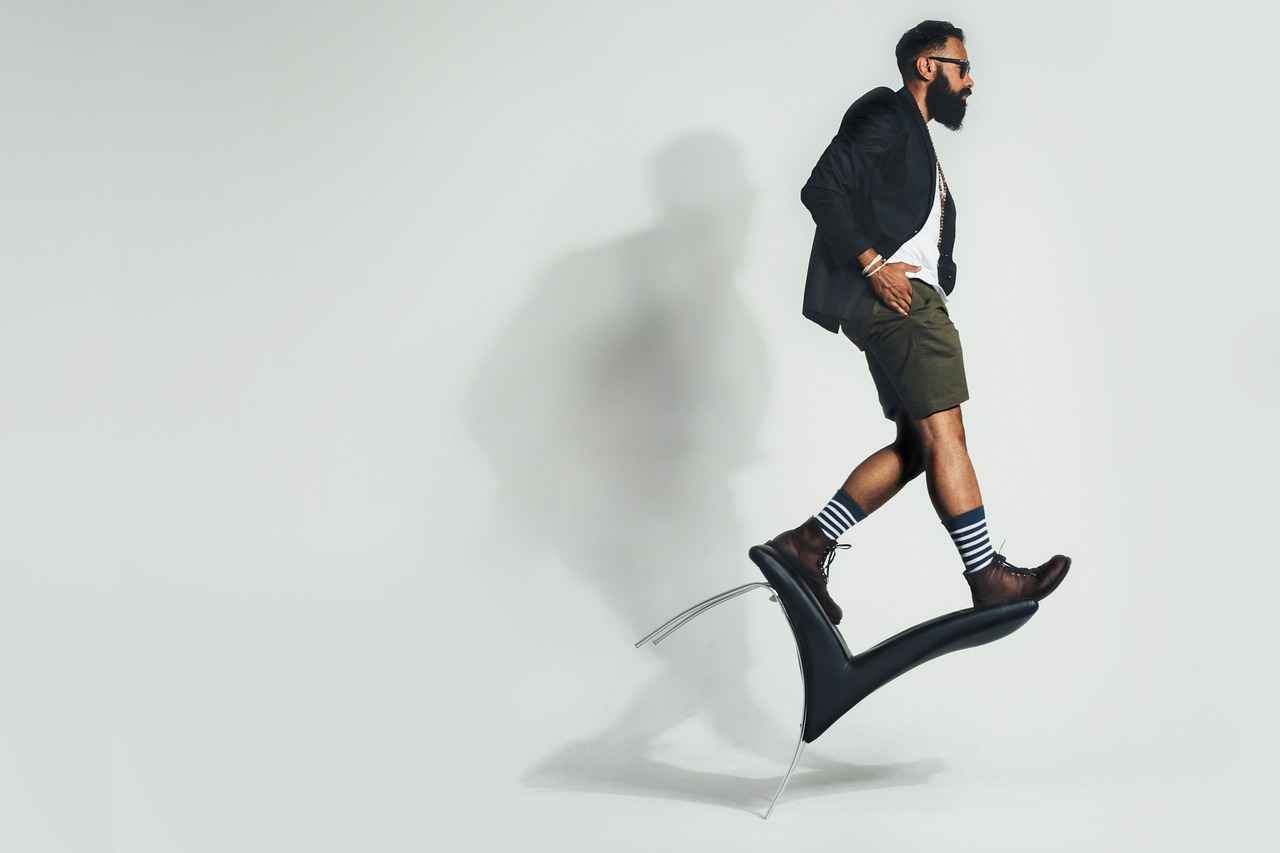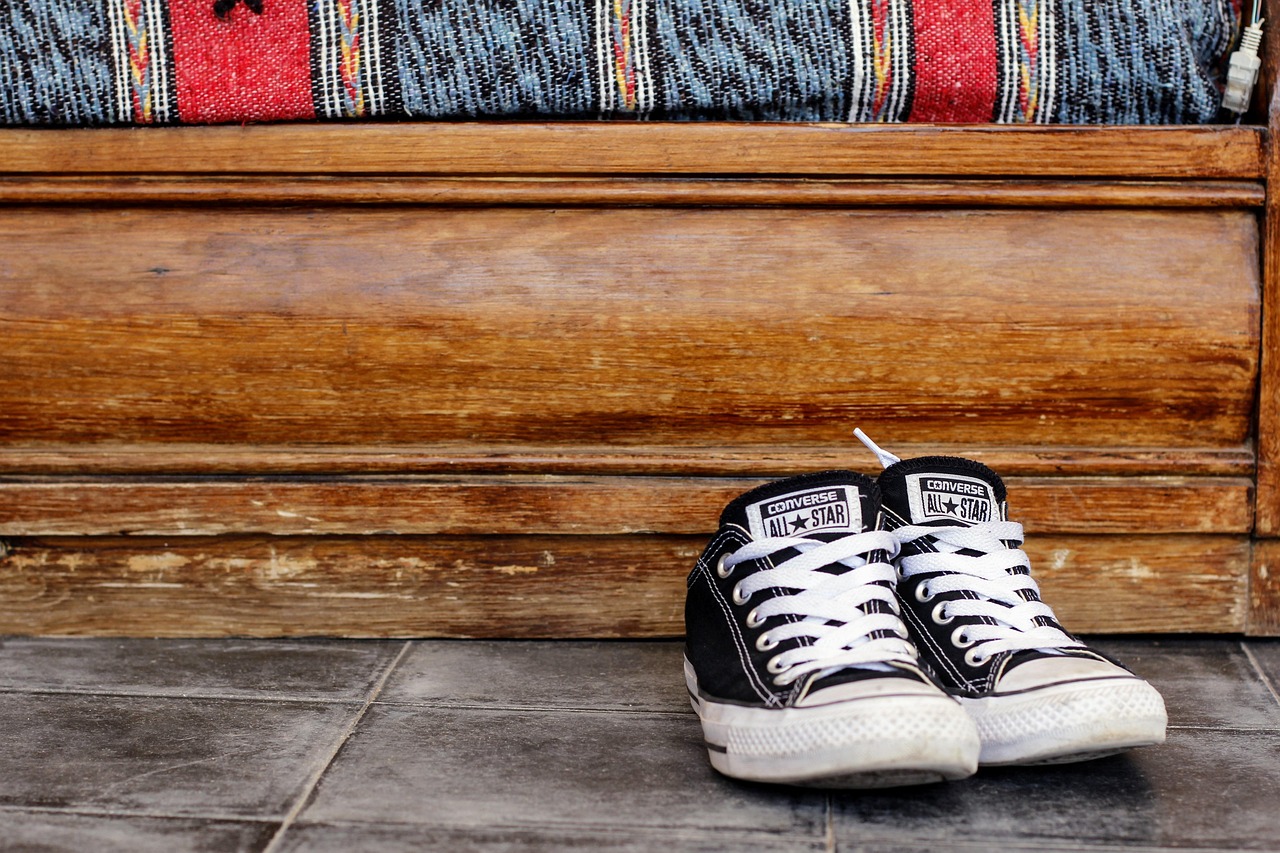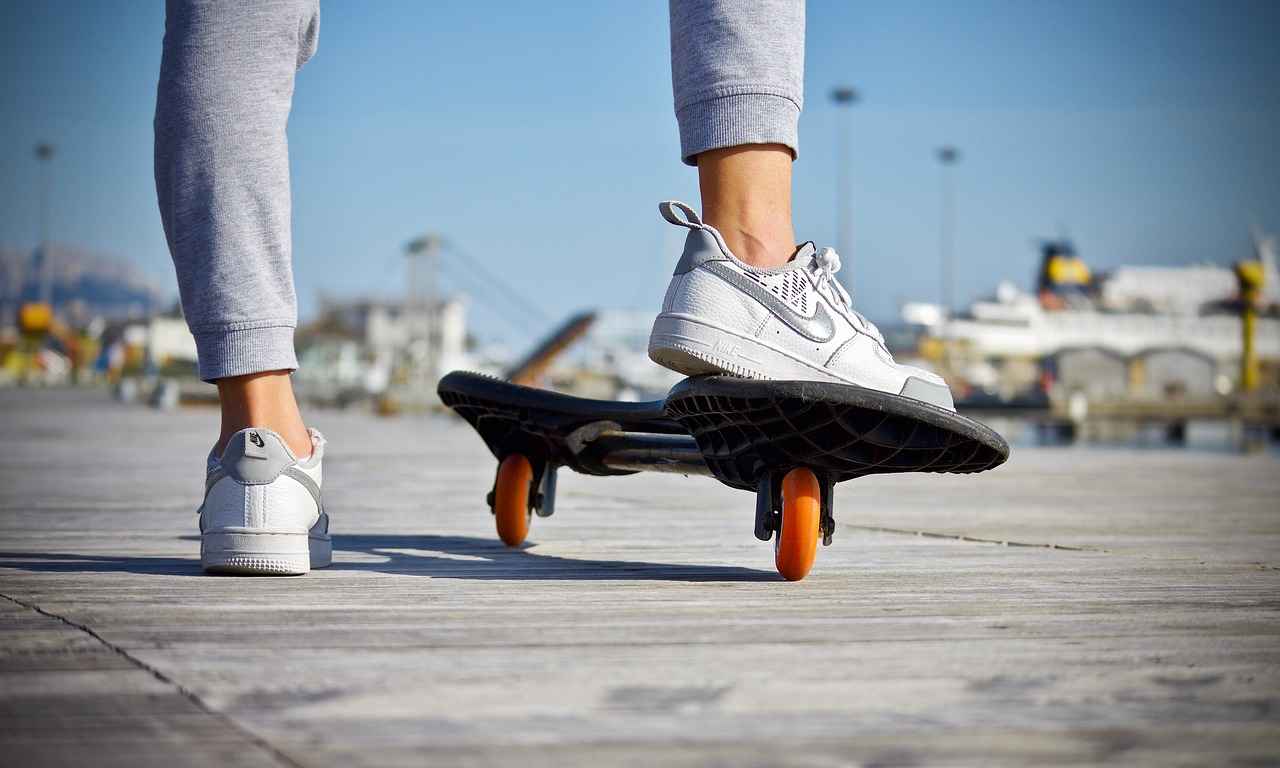This article serves as a comprehensive guide to understanding New Balance shoe sizing. It aims to assist you in accurately measuring your feet, interpreting size charts, and ultimately finding the perfect fit for both comfort and performance.
Why Accurate Shoe Sizing Matters
Choosing the right shoe size is critical for ensuring comfort and enhancing performance. Wearing shoes that do not fit properly can lead to a range of issues, including discomfort, blisters, and even long-term foot problems. Thus, accurate sizing is essential for maintaining foot health.
How to Measure Your Feet for New Balance Shoes
Measuring your feet correctly is the first step in identifying the right shoe size. Here’s a simple guide to help you get the most accurate measurements:
- Gathering the Necessary Tools: You will need a ruler or measuring tape, a piece of paper, and a pen.
- Step-by-Step Measurement Process: Stand on the paper, trace your foot, and measure the length and width. This will allow you to find your ideal size.
Understanding New Balance Shoe Size Chart
New Balance offers a variety of shoe sizes and widths. Familiarizing yourself with their specific size chart can significantly enhance your shopping experience. Here are some key points:
- Standard Size Conversions: New Balance shoe sizes may differ from other brands. Understanding how to convert sizes between different systems (US, UK, EU) is crucial for a perfect fit.
- Width Options Explained: New Balance shoes come in various widths, including narrow (2A), standard (B), wide (D), and extra-wide (2E). Knowing your width can greatly improve comfort and support.
Common Fit Issues with New Balance Shoes
Even with accurate measurements, some common fit issues may arise. Here are some solutions:
- Too Tight or Too Loose? Solutions: If your shoes feel too tight or loose, consider trying a different size or width. Additionally, using insoles or adjusting laces can help improve the fit.
- Arch Support and Comfort Considerations: Proper arch support is vital for comfort. New Balance offers various models with different levels of arch support to cater to various foot types and activities.
Choosing the Right New Balance Model for Your Needs
Each New Balance model is designed for specific activities, from running to walking and lifestyle wear. Understanding your needs can guide you in selecting the right model:
- Running Shoes vs. Lifestyle Shoes: Running shoes prioritize performance and support, while lifestyle shoes focus on comfort and style.
- Finding the Best Fit for Athletic Activities: If you engage in specific sports, selecting a shoe tailored to those movements is essential for optimal performance.
Where to Buy New Balance Shoes
Finding the right retailer can impact your buying experience. Consider these options:
- Online vs. In-Store Shopping: Online shopping offers convenience, while in-store allows for trying on shoes to ensure the perfect fit.
- Return Policies and Size Exchanges: Understanding return policies is crucial when purchasing shoes. Ensure the retailer has a flexible return policy for easy exchanges.
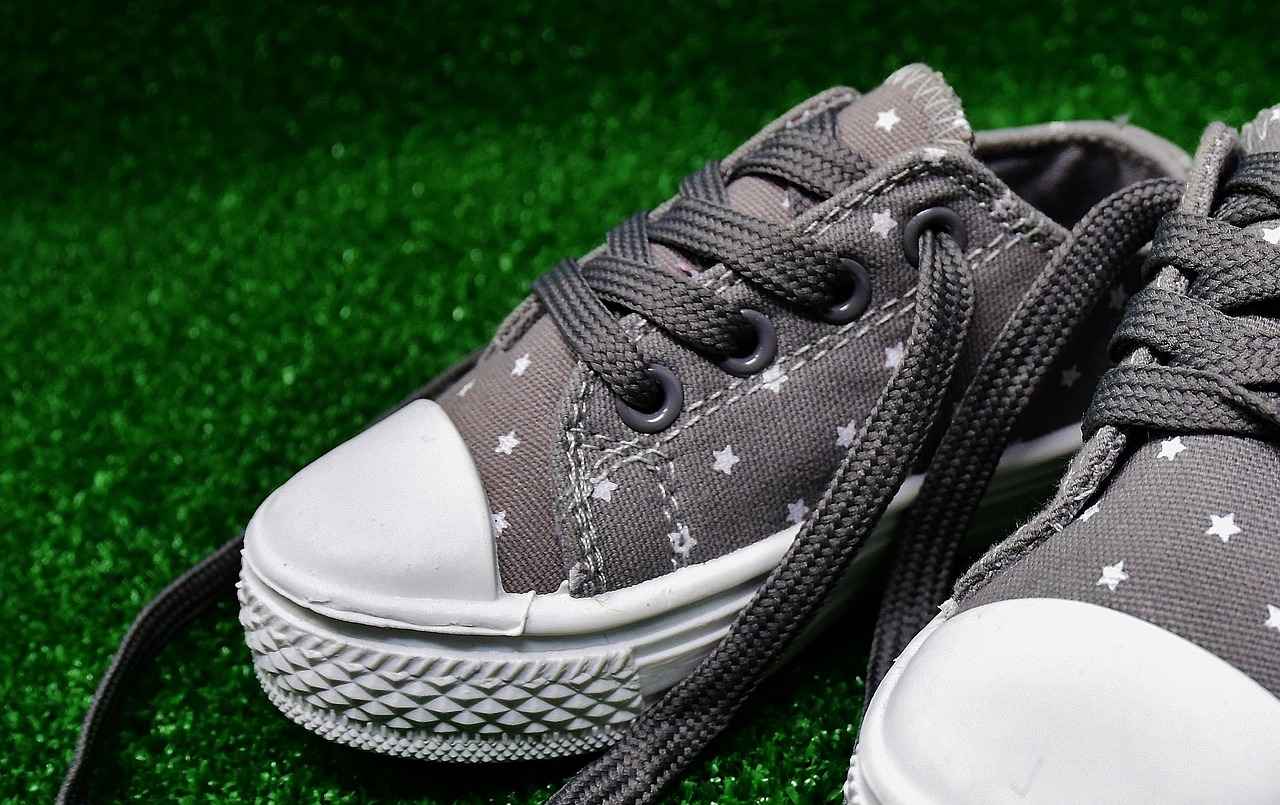
Why Accurate Shoe Sizing Matters
When it comes to footwear, choosing the right shoe size is not just a matter of preference; it is essential for ensuring both comfort and performance. Ill-fitting shoes can lead to a myriad of problems, including discomfort, blisters, and even serious long-term foot issues. This makes accurate sizing an essential aspect of your shoe shopping experience.
Wearing shoes that are too small can cause your toes to be cramped, leading to painful conditions such as bunions or hammertoes. Conversely, shoes that are too large can cause your foot to slide around, increasing the risk of blisters and instability while walking or running. Therefore, understanding your foot size and shape is crucial.
Additionally, different brands may have variations in sizing, which can complicate the shopping process. For instance, a size 9 in one brand may not fit the same as a size 9 in another. This inconsistency highlights the importance of measuring your feet accurately and consulting size charts before making a purchase.
Moreover, the impact of proper shoe sizing extends beyond immediate comfort. Over time, wearing the wrong size can lead to chronic issues such as plantar fasciitis or arthritis. These conditions can significantly affect your quality of life, making it imperative to prioritize shoe fit.
In summary, investing time in finding the right shoe size is vital for maintaining foot health and enhancing your overall performance. Whether you are an athlete or someone who spends long hours on their feet, ensuring that your shoes fit properly can make a significant difference in your daily comfort and well-being.
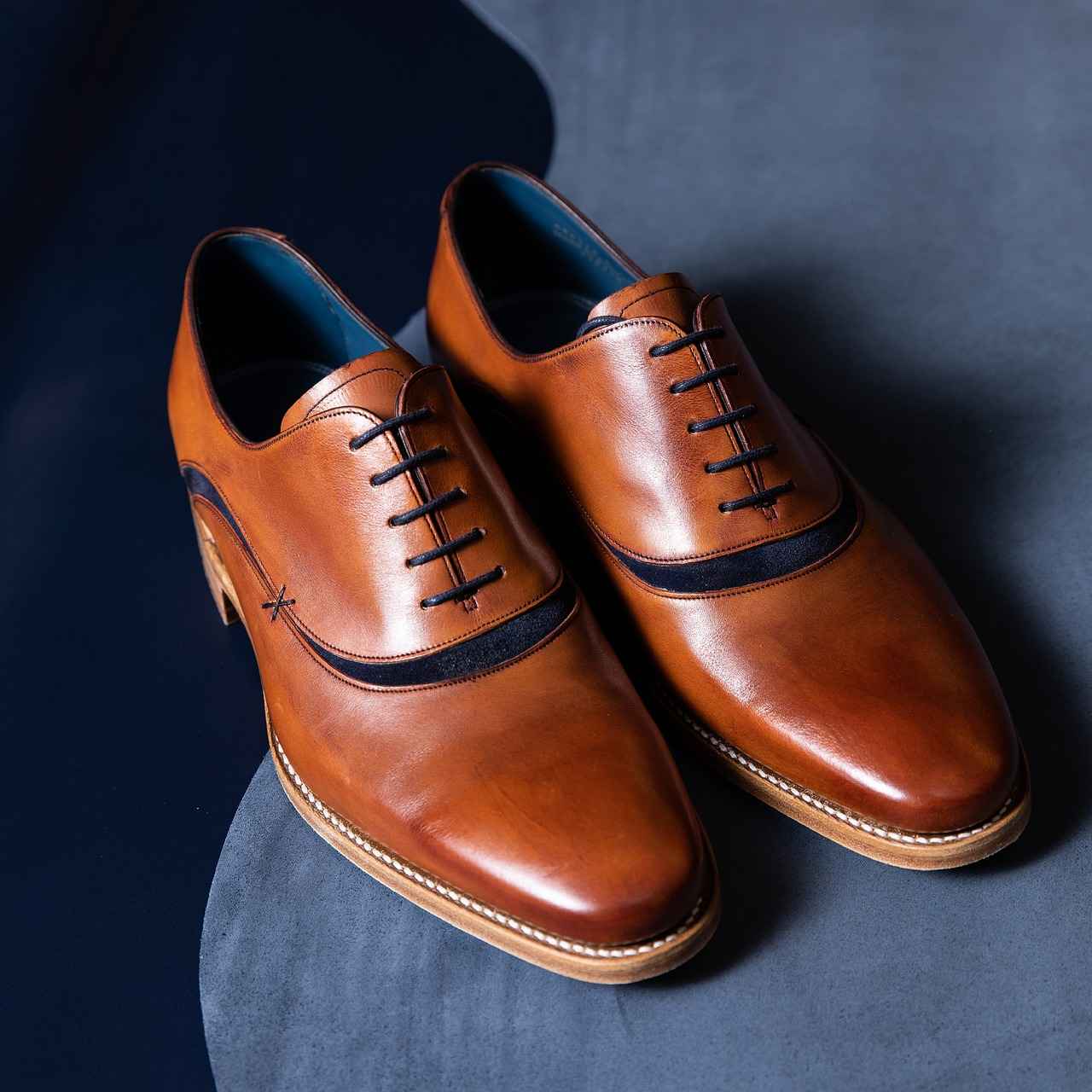
How to Measure Your Feet for New Balance Shoes
Accurate foot measurement is essential when selecting the perfect pair of New Balance shoes. The right size not only enhances comfort but also improves performance during various activities. Follow this detailed guide to ensure you measure your feet correctly, enabling a better fit.
- Gathering the Necessary Tools: To begin, you will need a few simple tools: a ruler or measuring tape, a sheet of paper, and a pen. These will help you achieve precise measurements.
Step-by-Step Measurement Process: Follow these steps to measure your feet effectively:
- Prepare Your Surface: Place the sheet of paper on a flat, hard surface. Ensure there is enough space for both feet.
- Trace Your Foot: Stand on the paper with your heel against the wall. Use the pen to trace around your foot, keeping the pen upright and close to your foot.
- Measure Length: Using the ruler or measuring tape, measure the distance from the heel to the longest toe. Record this measurement in inches or centimeters.
- Measure Width: Next, measure the widest part of your foot. This is typically across the ball of your foot. Note this measurement as well.
Once you have both measurements, you can compare them to the New Balance shoe size chart. This will help you determine your ideal size. Remember, it’s important to measure both feet, as they may differ slightly in size. Always choose the larger size for comfort.
Additional Tips: Measure your feet at the end of the day when they are likely to be slightly swollen. This will give you a more accurate size, ensuring your shoes fit well throughout the day.
By following these steps, you can confidently choose the right size in New Balance shoes, enhancing your comfort and performance.
Gathering the Necessary Tools
When it comes to finding the right shoe size, accurate measurements are essential. To achieve this, you will need to gather a few simple tools that will enable you to measure your feet with precision. Start by collecting a ruler or a measuring tape, a piece of paper, and a pen. These items are easily accessible and will help you obtain the most accurate dimensions of your feet.
First, ensure that you are measuring your feet at the end of the day when they are at their largest. This is important because feet tend to swell throughout the day. Next, place the piece of paper on a flat, hard surface, such as a floor, to prevent any distortion in your measurements. Stand on the paper with your heel against a wall or a straight edge, ensuring that your weight is evenly distributed across both feet.
Using the pen, trace around your foot, keeping the pen upright and close to your foot to capture its shape accurately. Once you have traced both feet, measure the length from the heel to the longest toe, as well as the width at the widest part of your foot. It’s important to note that many people have one foot that is slightly larger than the other, so be sure to record the measurements for both feet.
After you have completed your measurements, you can refer to the New Balance size chart to find your ideal fit. Remember, having the right shoe size can greatly enhance your comfort and performance, making the effort to measure your feet correctly well worth it.
Step-by-Step Measurement Process
Measuring your feet accurately is essential for finding the right shoe size, particularly when it comes to New Balance footwear. Here’s a detailed, step-by-step guide to help you through the process of measuring your feet effectively.
- Gather Your Materials: To start, you will need a few simple items: a piece of paper larger than your foot, a ruler or measuring tape, and a pen or pencil. These tools will ensure you get precise measurements.
- Prepare the Area: Find a flat, hard surface to work on. Make sure the area is well-lit so you can clearly see the outline of your foot.
- Trace Your Foot: Place the piece of paper on the ground and stand barefoot on it. Ensure your weight is evenly distributed. Using the pen or pencil, carefully trace around your foot, keeping the pen as close to your foot as possible. Repeat this for both feet, as they may differ in size.
- Measure the Length: Once you have the outlines, take your ruler or measuring tape and measure the longest distance from the heel to the tip of your longest toe. This measurement will give you the length of your foot.
- Measure the Width: Next, measure the widest part of your foot, typically across the ball of the foot, to determine the width. Make sure to note both measurements down for future reference.
By following these steps, you will have accurate measurements of both the length and width of your feet. This information is crucial when consulting the New Balance size chart, as it will help you find your ideal shoe size. Remember, having the right fit not only enhances comfort but also improves performance, reducing the risk of foot-related issues.
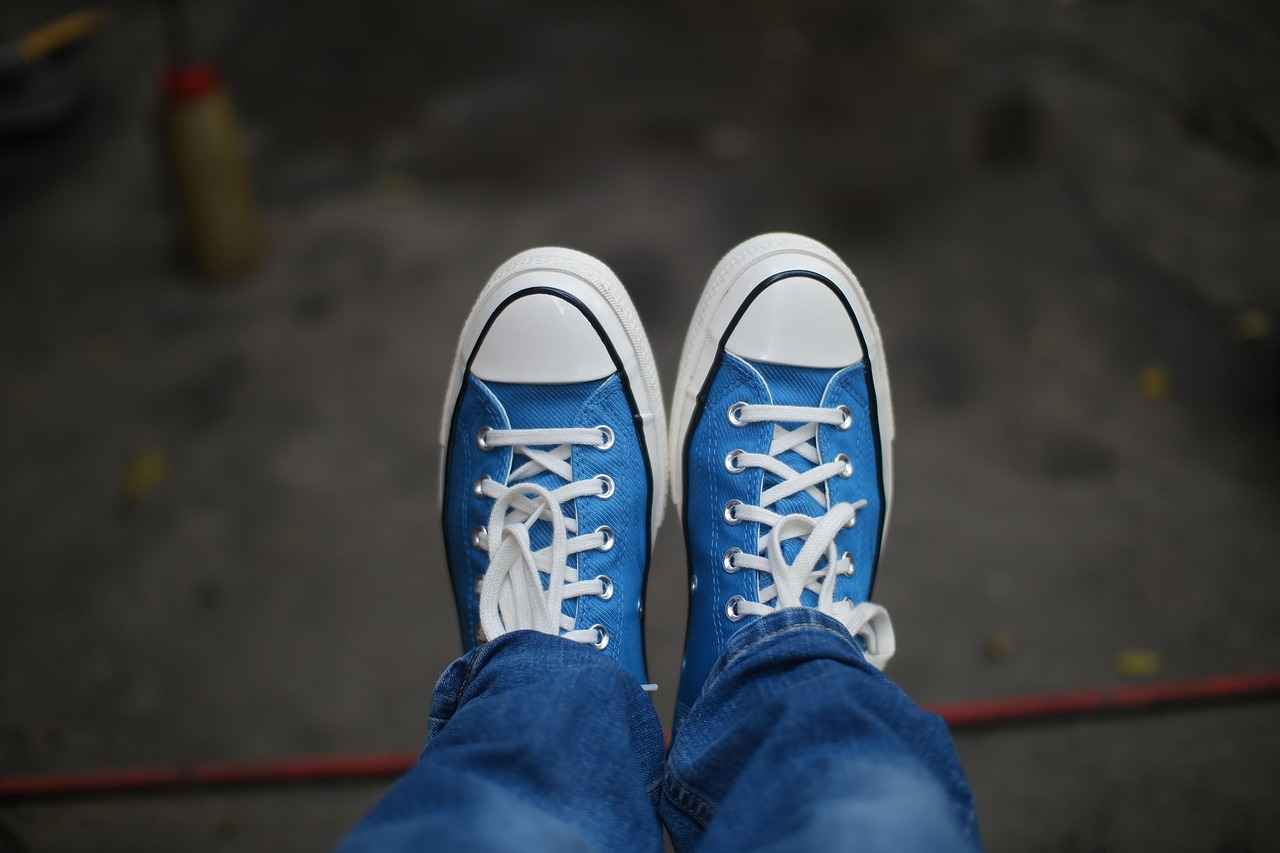
Understanding New Balance Shoe Size Chart
When it comes to finding the perfect fit in footwear, New Balance stands out by offering a wide variety of shoe sizes and widths. Understanding their specific size chart is essential for selecting the right pair that caters to your unique foot type. This guide will help you navigate the intricacies of New Balance shoe sizing.
Why is Knowing Your Size Important?
Choosing the right shoe size is not just about comfort; it’s also crucial for performance. Shoes that are too tight can cause blisters and discomfort, while those that are too loose may lead to instability during activities. Therefore, familiarizing yourself with the New Balance size chart can significantly enhance your overall experience.
How to Read the New Balance Size Chart
The New Balance size chart includes various size options that cater to different foot dimensions, including:
- Standard Sizes: Typically available in whole and half sizes.
- Width Options: Ranging from narrow (2A) to extra-wide (2E), ensuring a snug fit for every foot shape.
Measuring Your Feet Accurately
To find your ideal size, it’s essential to measure your feet correctly. Start by gathering the following tools:
- A ruler or measuring tape
- A piece of paper
- A pen or pencil
Follow these steps:
1. Place the paper on a flat surface.2. Stand on the paper with your heel against the wall.3. Trace around your foot.4. Measure the length from the heel to the longest toe.5. Measure the width at the widest part of your foot.
Understanding Size Conversions
New Balance shoe sizes may differ from those of other brands. Familiarizing yourself with size conversions between US, UK, and EU systems can help ensure a perfect fit.
In summary, understanding the New Balance shoe size chart is crucial for selecting the right footwear. By measuring your feet accurately and recognizing the various size and width options available, you can make informed decisions that enhance both comfort and performance.
Standard Size Conversions
When it comes to purchasing New Balance shoes, understanding the nuances of shoe sizing is vital. Many consumers find that New Balance shoe sizes can differ significantly from other brands, making it essential to grasp how to convert sizes across various systems, including US, UK, and EU sizing. This guide will help you navigate the complexities of shoe size conversions to ensure a perfect fit.
New Balance typically follows its own sizing conventions, which may not align perfectly with other popular brands. For instance, a size 10 in New Balance might feel different than a size 10 in Nike or Adidas. To avoid confusion, it’s crucial to refer to the size chart provided by New Balance.
| US Size | UK Size | EU Size |
|---|---|---|
| 8 | 7 | 41 |
| 9 | 8 | 42 |
| 10 | 9 | 43 |
| 11 | 10 | 44 |
| 12 | 11 | 45 |
- Measure Your Feet: Always measure both feet, as one foot may be slightly larger than the other.
- Consult the Size Chart: Refer to the official New Balance size chart for accurate conversions.
- Consider Width Options: New Balance offers various widths, so ensure you choose the correct width for comfort.
Wearing the correct shoe size is crucial for both comfort and performance. Ill-fitting shoes can lead to discomfort, blisters, and long-term foot issues. By understanding how to convert sizes accurately, you can avoid these problems and enjoy the benefits of your New Balance footwear.
Width Options Explained
When it comes to finding the perfect fit in footwear, especially with New Balance shoes, understanding the various width options is essential. The right width can make a significant difference in overall comfort and performance, and New Balance offers a range of widths to accommodate different foot shapes.
- Narrow (2A): Ideal for individuals with slimmer feet, this width provides a snug fit that prevents slipping and enhances stability.
- Standard (B): This is the most common width and suits the average foot. It balances comfort and support, making it a versatile choice for everyday wear.
- Wide (D): For those with broader feet, the wide option offers additional room, ensuring that the shoes do not constrict the foot, which can lead to discomfort during prolonged wear.
- Extra-Wide (2E): Designed for individuals who need even more space, this width accommodates wider feet without compromising on support.
Choosing the correct width is not just about comfort; it also affects your foot’s alignment and overall posture. A shoe that is too narrow can cause blisters and pressure points, while a shoe that is too wide may lead to instability and lack of support. Therefore, it is crucial to measure your feet accurately.
To determine your width size, you can follow a simple measuring process. Stand on a piece of paper, trace your foot, and then measure the widest part of your foot. Compare this measurement with New Balance’s width chart to find your ideal fit.
In summary, understanding the width options available in New Balance shoes is critical for achieving the best possible fit. This ensures that you not only enjoy comfort but also receive the necessary support for your activities, whether it’s running, walking, or casual wear.

Common Fit Issues with New Balance Shoes
When it comes to finding the perfect fit for your New Balance shoes, even the most accurate measurements may not guarantee a flawless experience. Common fit issues can still arise, and understanding these challenges is essential for troubleshooting and achieving optimal comfort.
Fit issues can manifest in various ways, affecting your overall experience. Here are some prevalent concerns to watch for:
- Heel Slippage: If your heels lift out of the shoe while walking or running, it can lead to blisters and discomfort.
- Toe Box Tightness: A cramped toe box can cause pain and restrict movement, particularly during athletic activities.
- Arch Discomfort: Insufficient arch support can lead to fatigue and strain, especially for those with high or flat arches.
Addressing these issues involves a few practical adjustments:
- Adjust Lacing Techniques: Experimenting with different lacing styles can help secure the shoe better and alleviate heel slippage.
- Consider Different Widths: If your shoes feel tight, trying a wider width may provide the necessary space for comfort.
- Use Insoles: Custom or over-the-counter insoles can enhance arch support and improve overall fit.
It’s crucial to test your shoes in various conditions. Walk around, jog, or perform your intended activities to see how the shoes feel in action. Pay attention to any discomfort or pressure points. Remember, the right fit should feel snug yet comfortable, allowing for natural movement.
By understanding and addressing these common fit issues, you can ensure that your New Balance shoes provide the support and comfort you need for your active lifestyle.
Too Tight or Too Loose? Solutions
Finding the perfect fit for your shoes can often feel like a daunting task, especially with brands like New Balance that offer a variety of sizes and widths. One common issue that many people face is having shoes that feel either too tight or too loose. This can lead to discomfort during wear and may even affect your performance if you’re using them for athletic activities.
If your shoes are feeling too tight, it may be time to explore a different size or width. New Balance shoes come in various widths such as narrow (2A), standard (B), wide (D), and extra-wide (2E). Trying a wider option can often alleviate pressure on the sides of your feet. Additionally, consider the type of socks you are wearing; thicker socks can also contribute to a tighter fit.
On the other hand, if your shoes are feeling too loose, there are several adjustments you can make to improve the fit. One effective solution is to use insoles. Insoles can provide additional cushioning and support, filling any gaps that may exist between your foot and the shoe. This not only enhances comfort but also helps in stabilizing your foot within the shoe.
Another practical tip is to adjust your laces. A simple change in lacing technique can make a significant difference. For instance, using a heel lock lacing method can help secure your heel in place, preventing it from sliding around inside the shoe. This is particularly beneficial for those engaging in sports or running, where foot movement is more pronounced.
It’s important to remember that every foot is unique, and what works for one person may not work for another. Therefore, it’s always advisable to try on different sizes and styles to find the best fit for your individual needs. By taking these steps, you can ensure that your New Balance shoes provide the comfort and support necessary for your activities.
Arch Support and Comfort Considerations
When it comes to choosing the right footwear, proper arch support is essential for ensuring comfort and overall foot health. Many individuals underestimate the significance of arch support, often leading to discomfort during daily activities or athletic pursuits. New Balance, a well-respected brand in the athletic footwear industry, offers a diverse range of models specifically designed to cater to various foot types and activity levels.
The human foot is uniquely structured, featuring arches that play a crucial role in weight distribution and shock absorption. Depending on your foot type—whether you have flat feet, high arches, or a neutral arch—different levels of support may be required. New Balance recognizes this diversity and provides several options to accommodate individual needs.
| Foot Type | Recommended New Balance Models | Arch Support Level |
|---|---|---|
| Flat Feet | New Balance 860 | High Support |
| Neutral Arch | New Balance 880 | Moderate Support |
| High Arches | New Balance Fresh Foam 1080 | Low Support |
For those engaging in various activities—be it running, walking, or casual wear—selecting a model with the right arch support can significantly enhance performance and comfort. Running shoes, for instance, often feature advanced cushioning and support technologies to help absorb impact and reduce strain on the feet.
Moreover, New Balance incorporates innovative technologies such as the Fresh Foam and ABZORB cushioning systems, which provide tailored support and comfort. These technologies not only cater to specific arch types but also enhance the overall experience by reducing fatigue during extended wear.
In conclusion, understanding the importance of arch support and selecting the right New Balance model can greatly improve your comfort levels. Whether you are an athlete or someone who spends long hours on their feet, prioritizing proper arch support is key to maintaining foot health and ensuring an enjoyable experience.

Choosing the Right New Balance Model for Your Needs
When it comes to selecting the perfect pair of New Balance shoes, understanding the unique features of each model is essential. New Balance designs its footwear with specific activities in mind, ensuring that you can find the right fit for your lifestyle, whether you’re a runner, walker, or simply looking for comfortable everyday wear.
Each model is crafted with distinct technologies and materials tailored to enhance performance and comfort in various activities. For instance, running shoes are engineered to provide maximum support and cushioning, accommodating the repetitive impact of running. On the other hand, walking shoes focus on providing stability and comfort for extended periods of walking.
To help you make an informed choice, here are some key factors to consider:
- Activity Type: Determine what activities you’ll be engaging in most frequently. This will guide you toward the right model, whether it’s for intense workouts, casual walks, or everyday fashion.
- Foot Type: Consider your foot shape and arch type. New Balance offers various models that cater to different arch heights, ensuring optimal support.
- Terrain: Think about where you will be using your shoes. Trail running shoes have rugged outsoles for grip on uneven surfaces, while road running shoes are designed for smooth pavements.
- Style Preferences: New Balance also provides lifestyle models that merge performance with fashion, allowing you to express your style while enjoying comfort.
By taking the time to assess your specific needs and preferences, you can confidently choose a New Balance model that will enhance your performance and provide the comfort you deserve. Whether you’re hitting the pavement or strolling through the park, the right shoes can make all the difference in your experience.
Running Shoes vs. Lifestyle Shoes
Running shoes and lifestyle shoes serve distinct purposes, catering to different needs and preferences. Understanding the differences between these two types of footwear can significantly influence your choice, ensuring you select the right shoe for your activities and lifestyle.
Performance-oriented running shoes are engineered with advanced technology to enhance athletic performance. They typically feature lightweight materials, superior cushioning, and responsive support to facilitate running efficiency. These shoes often incorporate specialized elements such as arch support and shock absorption to minimize impact during high-intensity activities. This design focus helps prevent injuries and improve overall performance, making them ideal for runners and athletes.
On the other hand, lifestyle shoes prioritize comfort and style over performance. They are designed for everyday wear, providing a more relaxed fit that accommodates casual activities. These shoes often incorporate fashionable elements and versatile designs, making them suitable for various social settings. While they may not offer the same level of technical support as running shoes, many lifestyle options still provide adequate comfort for daily use.
- Key Features of Running Shoes:
- Lightweight materials for speed
- Enhanced cushioning for shock absorption
- Breathable mesh uppers for ventilation
- Stability features for injury prevention
- Key Features of Lifestyle Shoes:
- Stylish designs for everyday wear
- Comfort-focused fit
- Durable materials for longevity
- Versatile styles for various occasions
When choosing between running shoes and lifestyle shoes, consider your primary activities and personal style. If you are an avid runner or engage in high-impact sports, investing in a quality pair of running shoes is essential for optimal performance and injury prevention. Conversely, if you seek comfort and style for casual outings, lifestyle shoes may be the better option. Ultimately, understanding these differences allows you to make an informed choice that aligns with your needs.
Finding the Best Fit for Athletic Activities
When participating in various sports or physical activities, selecting the right shoes is not just a matter of style; it is a crucial factor for enhancing your performance and preventing injuries. Each sport demands specific movements, and having shoes that cater to those movements can make a significant difference.
- Footwear for Running: Running shoes are designed with cushioning and support to absorb impact, making them ideal for long-distance runs. They typically feature a lightweight design to promote speed and efficiency.
- Basketball Shoes: These shoes offer ankle support and traction for quick lateral movements. A well-fitted basketball shoe can help prevent ankle sprains and improve on-court performance.
- Cross-Training Shoes: If your workout routine includes a mix of activities, cross-training shoes provide versatility. They are designed to offer stability and support for various movements, from weightlifting to aerobics.
- Walking Shoes: For those who prefer walking as their primary form of exercise, walking shoes are crafted to provide comfort and support for extended periods of wear, reducing fatigue.
Moreover, understanding your foot type is essential. Individuals with flat feet may require shoes with additional arch support, while those with high arches might benefit from more cushioning. Getting a proper fit ensures that your feet are well-supported, reducing the risk of blisters and other foot-related injuries.
Another critical aspect is the shoe’s fit. Shoes that are too tight can cause discomfort and limit mobility, while overly loose shoes can lead to instability. Always try on shoes with the socks you plan to wear during your activities and walk around to assess comfort levels. Remember, the right shoe can significantly enhance your athletic experience, so take the time to find the perfect fit tailored to your specific activity.

Where to Buy New Balance Shoes
When it comes to purchasing New Balance shoes, the choice of retailer can significantly influence your overall buying experience. Whether you prefer the convenience of online shopping or the personal touch of local stores, understanding your options is key to finding the right fit for your needs.
There are various avenues to explore when looking to buy New Balance shoes. Each option has its unique benefits, and knowing what they are can help you make an informed decision.
- Online Retailers: Shopping online offers the advantage of convenience and a wider selection. Websites like Amazon and Zappos provide extensive inventories and often feature customer reviews, which can help you gauge the quality and fit of the shoes.
- Official New Balance Website: Purchasing directly from the official New Balance website ensures that you are getting authentic products. They often have exclusive models and sales that are not available elsewhere.
- Local Shoe Stores: Visiting a local store allows you to try on shoes before making a purchase. This is particularly important for finding the right fit and comfort level. Local retailers may also have knowledgeable staff who can assist you in selecting the best model for your needs.
- Sporting Goods Stores: Stores like Dick’s Sporting Goods or Academy Sports + Outdoors typically carry a variety of New Balance shoes tailored for different activities, such as running or training.
Each shopping method has distinct advantages:
- Convenience: Online shopping allows you to browse and purchase from the comfort of your home, with the option of home delivery.
- Personal Experience: In-store shopping provides the opportunity to physically try on shoes, ensuring you find the perfect fit.
- Expert Guidance: Local stores often have staff who can provide personalized recommendations based on your specific needs and foot type.
Regardless of where you choose to buy, it’s essential to be aware of the return policies. Retailers with flexible return options allow you to exchange sizes or styles easily, ensuring that you ultimately find a pair that fits comfortably.
In summary, whether you opt for online or in-store shopping, exploring various retailers can enhance your experience and help you find the ideal pair of New Balance shoes that meet your needs.
Online vs. In-Store Shopping
When it comes to shopping for New Balance shoes, the decision between online and in-store options can significantly impact your experience. Both methods have their unique benefits and drawbacks, catering to different preferences and needs.
- Convenience: Shopping online allows you to browse a vast selection of New Balance shoes from the comfort of your home, eliminating the need for travel and long lines.
- Time-Saving: With just a few clicks, you can compare prices, read reviews, and find the best deals without the hassle of visiting multiple stores.
- Wider Selection: Online retailers often carry a more extensive range of sizes and styles, including exclusive models that may not be available in local stores.
- Easy Access to Customer Reviews: Reading feedback from other customers can provide insights into fit and comfort, helping you make an informed choice.
- Try Before You Buy: One of the most significant advantages of shopping in-store is the ability to try on shoes. This ensures you find the perfect fit, which is crucial for comfort and performance.
- Personalized Assistance: Sales associates can offer expert advice, helping you choose the right model based on your specific needs, foot type, and intended use.
- Immediate Gratification: Purchasing in-store means you can take your new shoes home right away, without waiting for shipping times.
- Return and Exchange Ease: If the fit isn’t right, returning or exchanging shoes in-store can be more straightforward than dealing with online returns.
Ultimately, the choice between online and in-store shopping for New Balance shoes depends on your personal preferences and priorities. Whether you value convenience or the ability to try on shoes, both options can lead to a satisfying purchase.
Return Policies and Size Exchanges
Understanding return policies is essential when purchasing shoes, especially from brands like New Balance. Finding the right fit can be a challenge, and having a flexible return policy can alleviate some of the stress associated with online shopping.
When you buy shoes, the fit is paramount. Even if you measure your feet accurately, there may still be discrepancies due to different shoe designs and materials. This is why it’s important to choose a retailer that offers a generous return policy. A good return policy allows you to try on the shoes at home and make sure they fit comfortably without the pressure of a final sale.
- Check for Free Returns: Many retailers offer free return shipping, which can significantly reduce the cost of trying on multiple sizes.
- Time Frame for Returns: Look for retailers that provide a reasonable time frame for returns, typically 30 days or more, giving you ample time to make your decision.
- Exchange Options: Ensure that the retailer allows for easy exchanges if the size you ordered isn’t quite right. This can save you time and hassle.
Moreover, reading customer reviews about their experiences with returns can give you insight into how the retailer handles size exchanges. Some may have a hassle-free process, while others might complicate the return experience.
In conclusion, a solid understanding of return policies is not just about the ability to return items; it’s about ensuring that you can find the perfect fit without the fear of being stuck with shoes that don’t meet your expectations. Always prioritize retailers that support you in your quest for comfort and style.
Frequently Asked Questions
- How do I measure my feet for New Balance shoes?
To measure your feet, stand on a piece of paper and trace your foot. Then, measure the length from the heel to the longest toe and the width at the widest part. This will give you the most accurate size for New Balance shoes.
- What should I do if my New Balance shoes feel too tight?
If your shoes feel too tight, consider trying a half size up or a wider width. You can also try using insoles or adjusting the laces to relieve pressure on your feet.
- Are New Balance shoe sizes the same as other brands?
No, New Balance sizes can differ from other brands. It’s essential to check their specific size chart and consider measuring your feet to find the best fit.
- What width options are available for New Balance shoes?
New Balance offers various width options, including narrow (2A), standard (B), wide (D), and extra-wide (2E). Knowing your width can significantly enhance your comfort and support.
- Can I return or exchange my New Balance shoes if they don’t fit?
Yes, most retailers have flexible return policies. Make sure to check the return policy before purchasing, so you can easily exchange them if the fit isn’t perfect.
